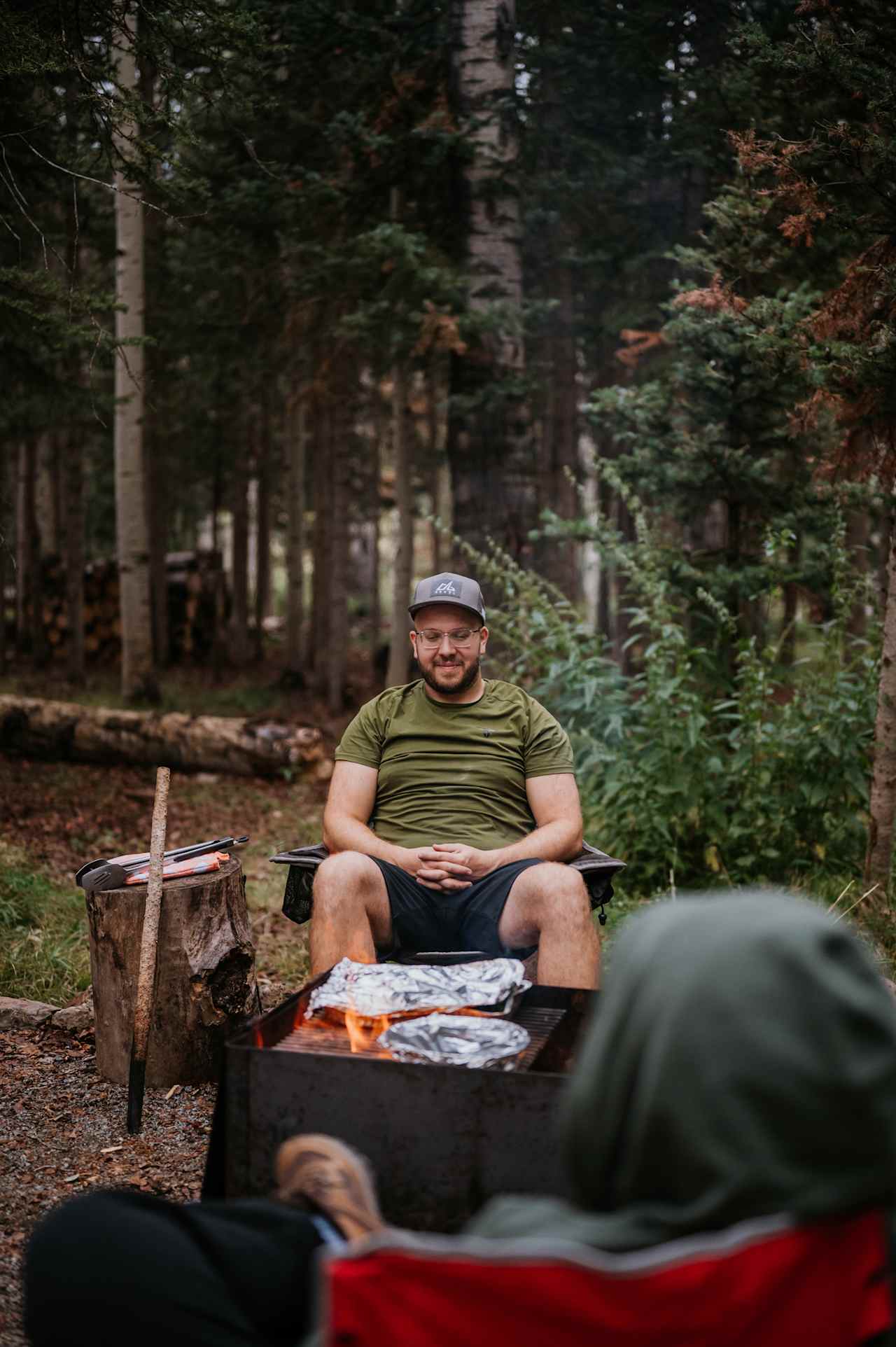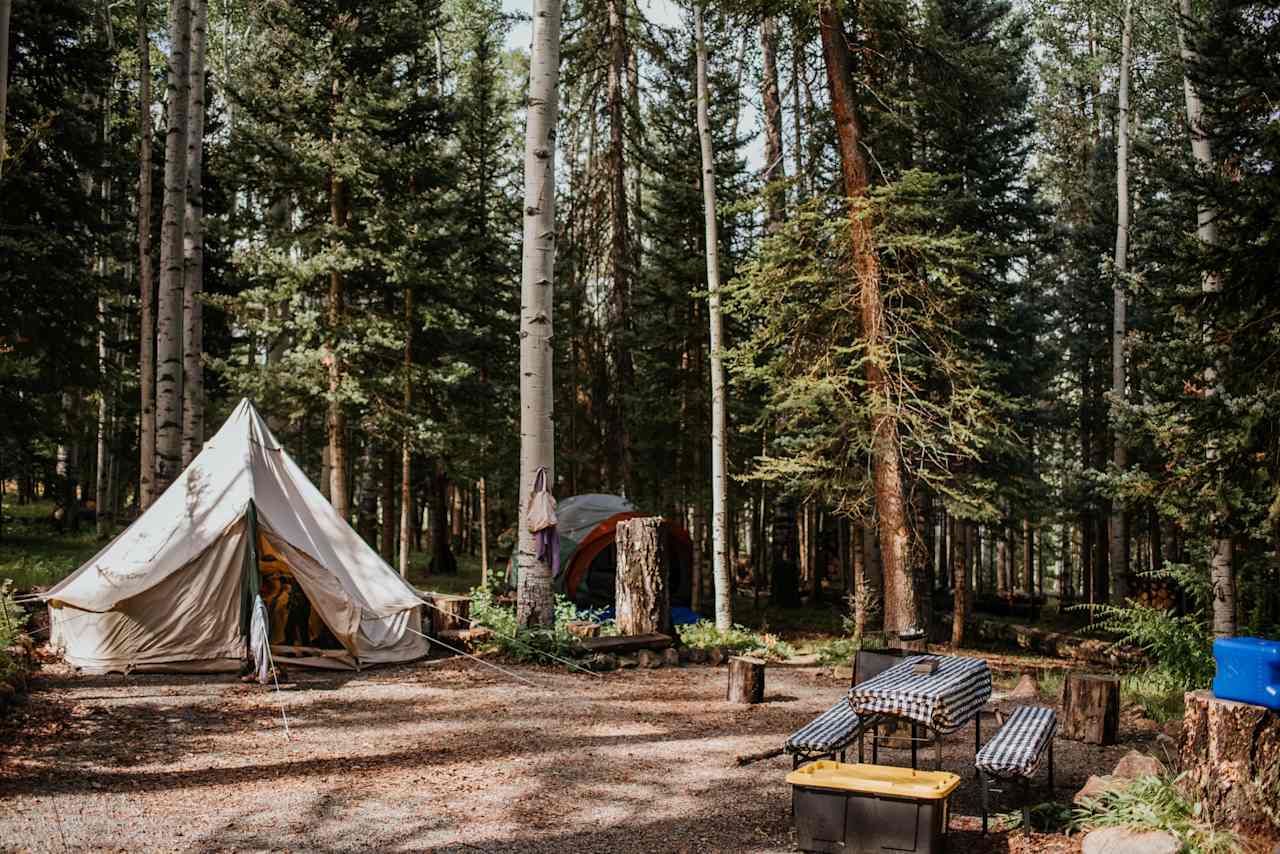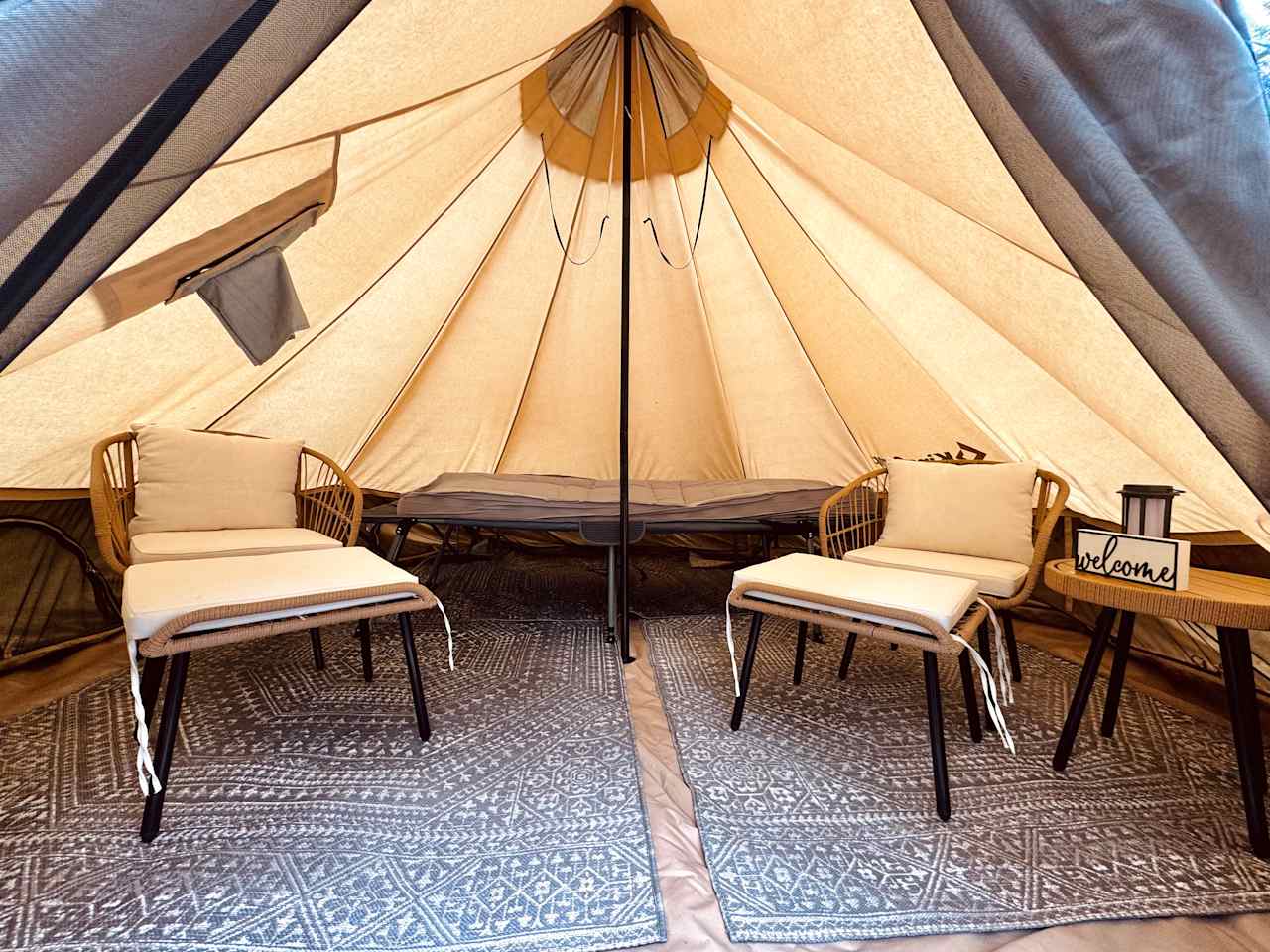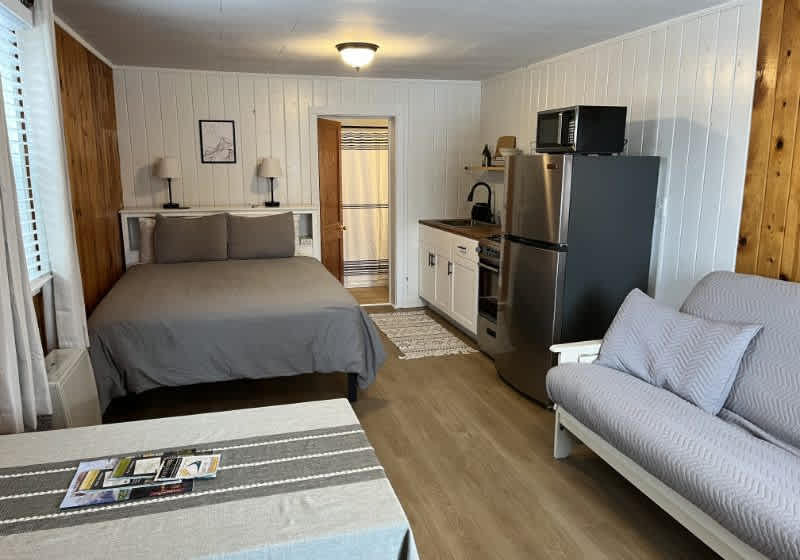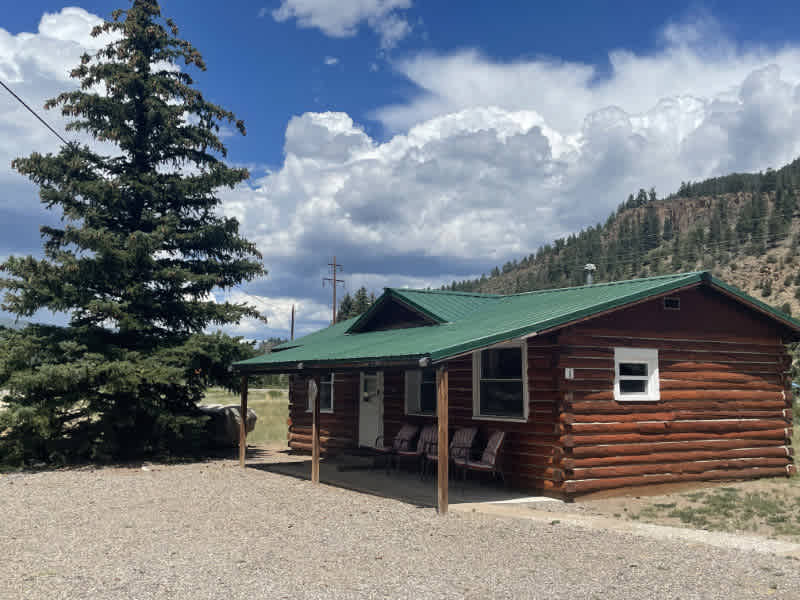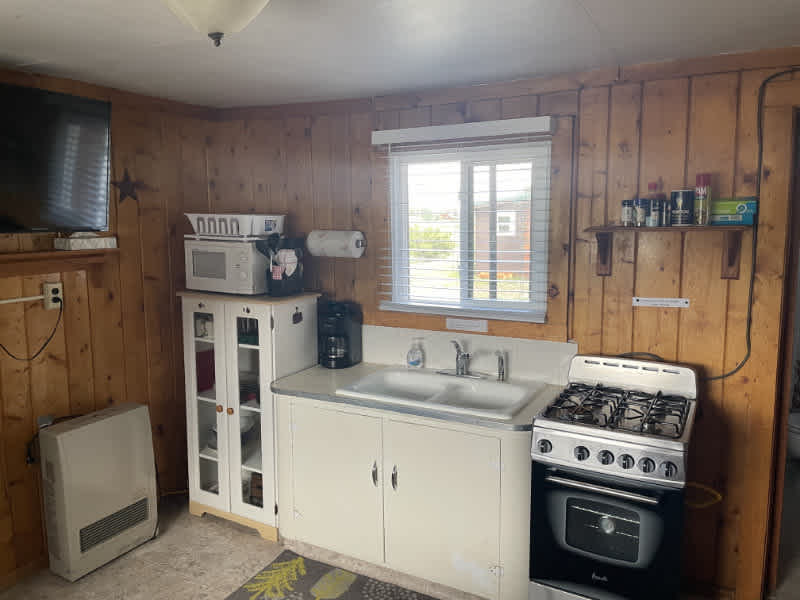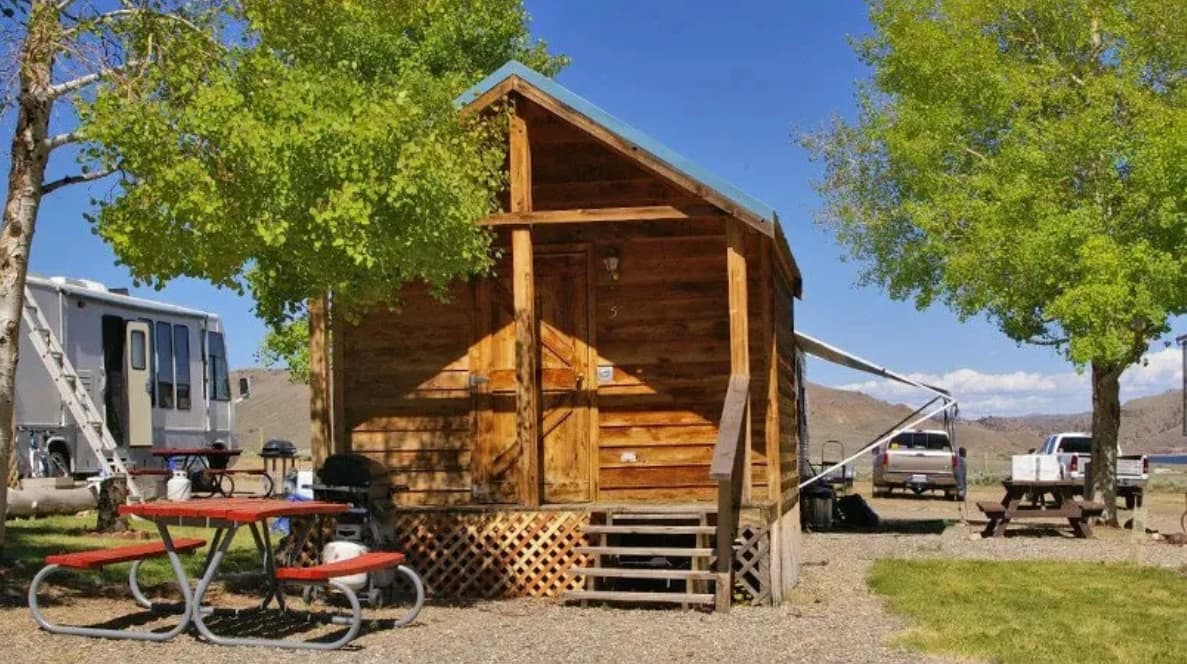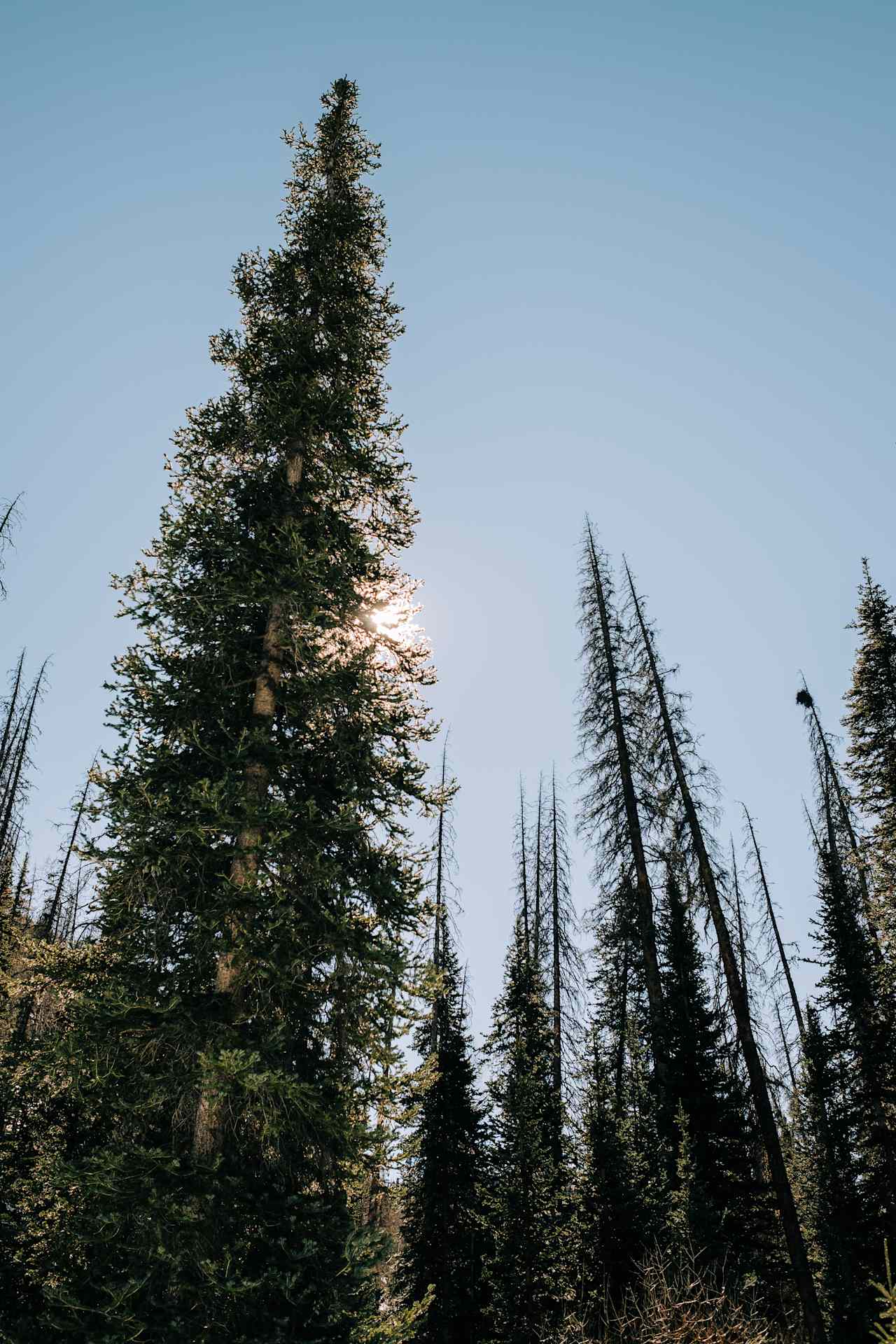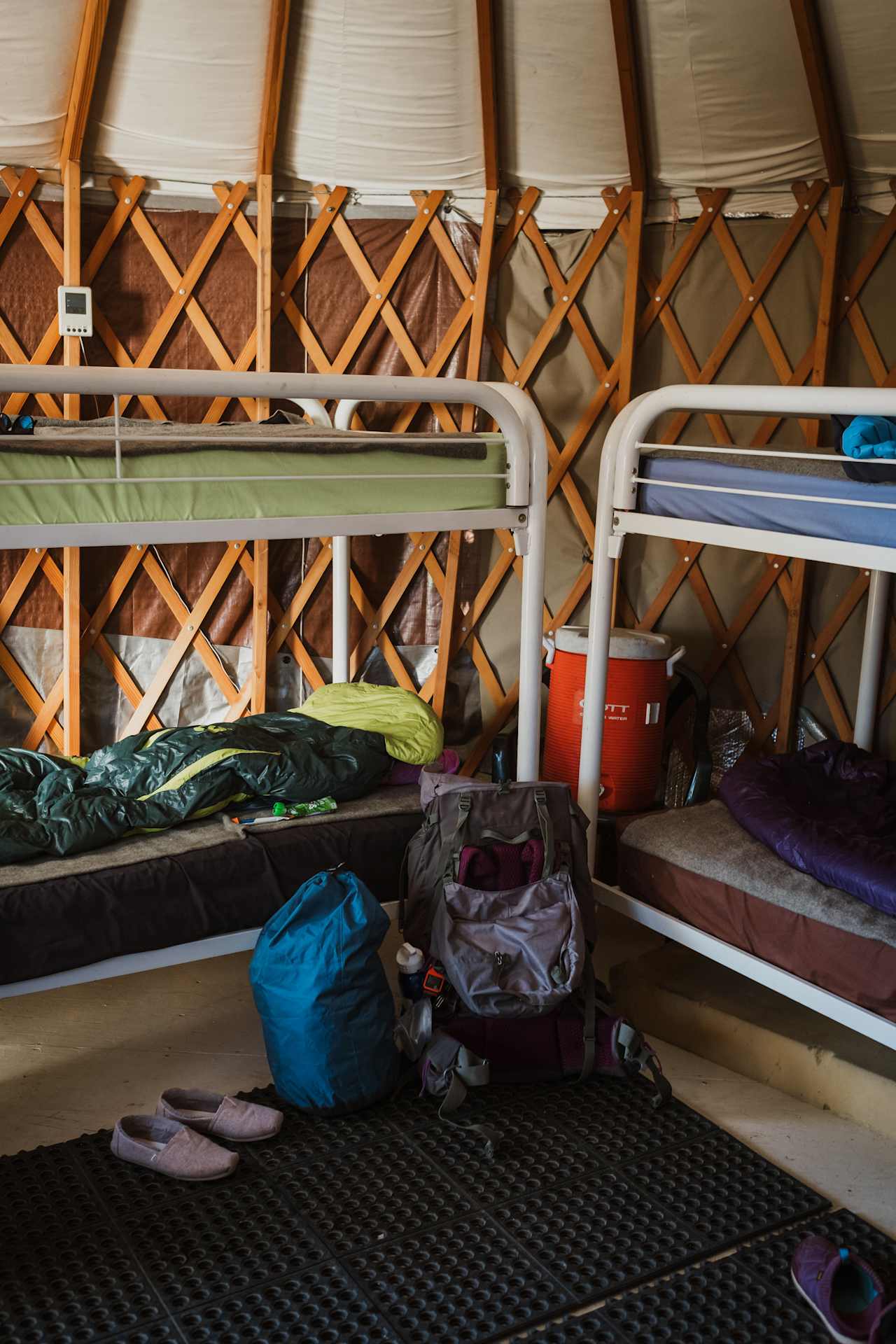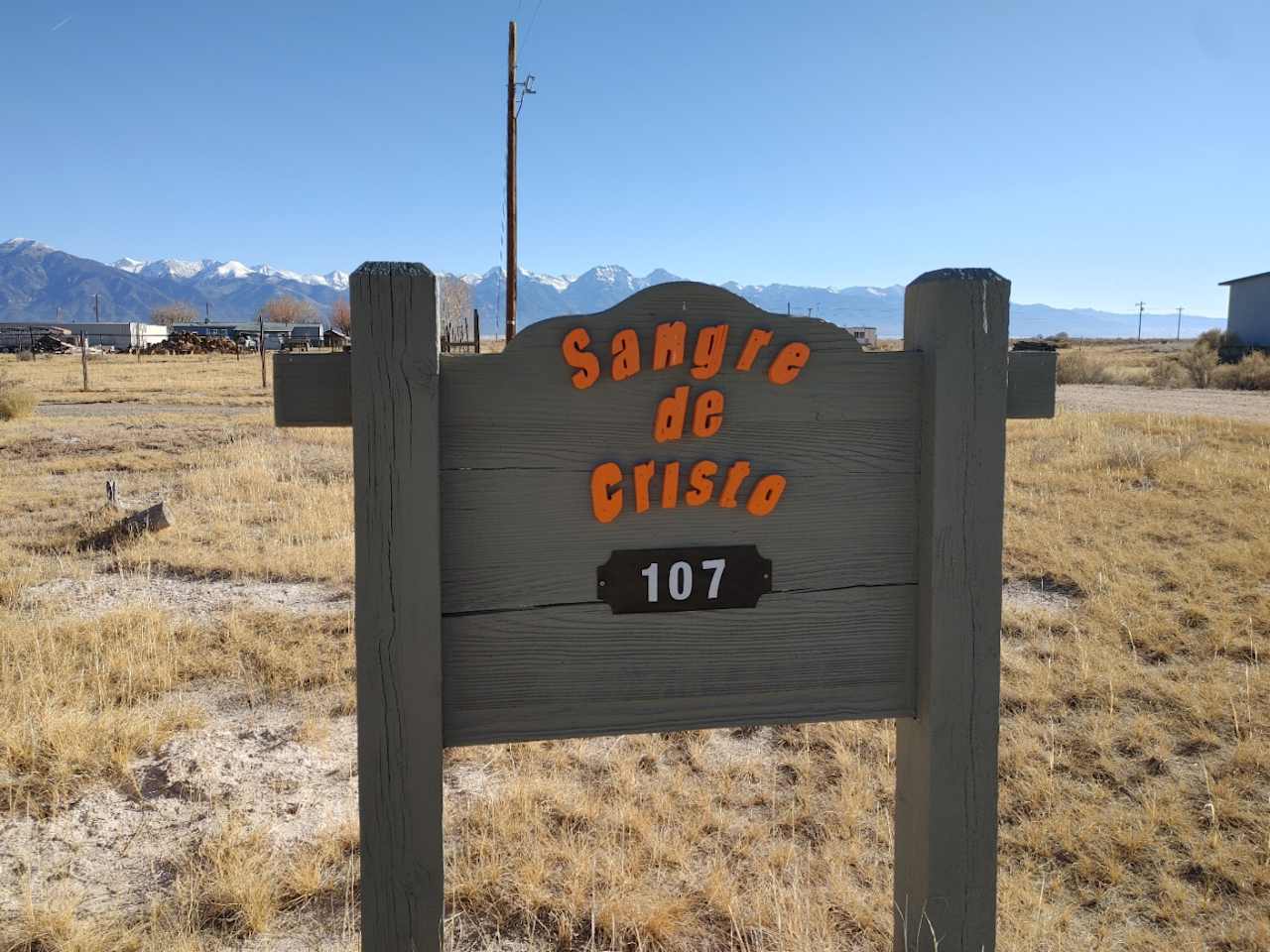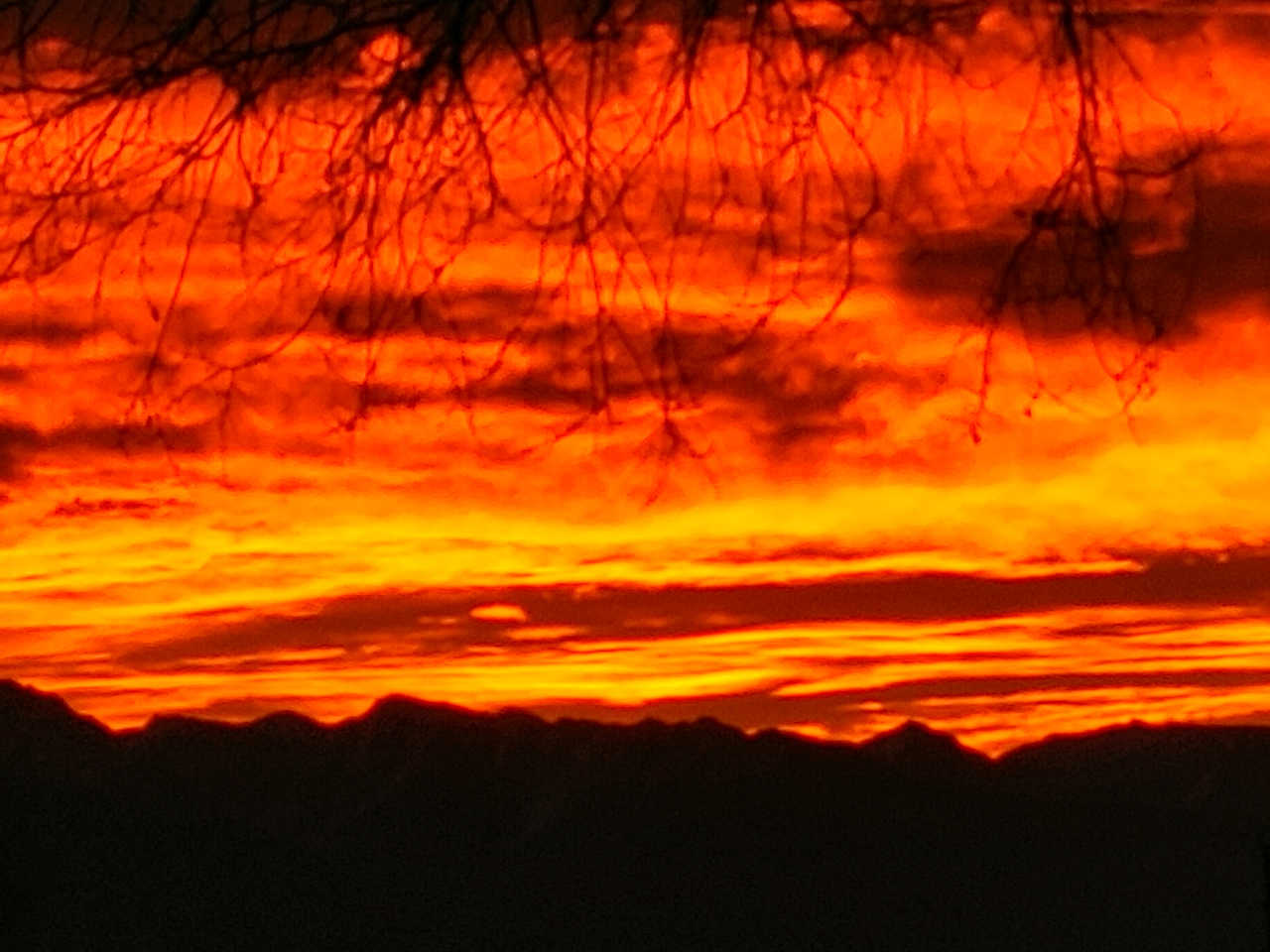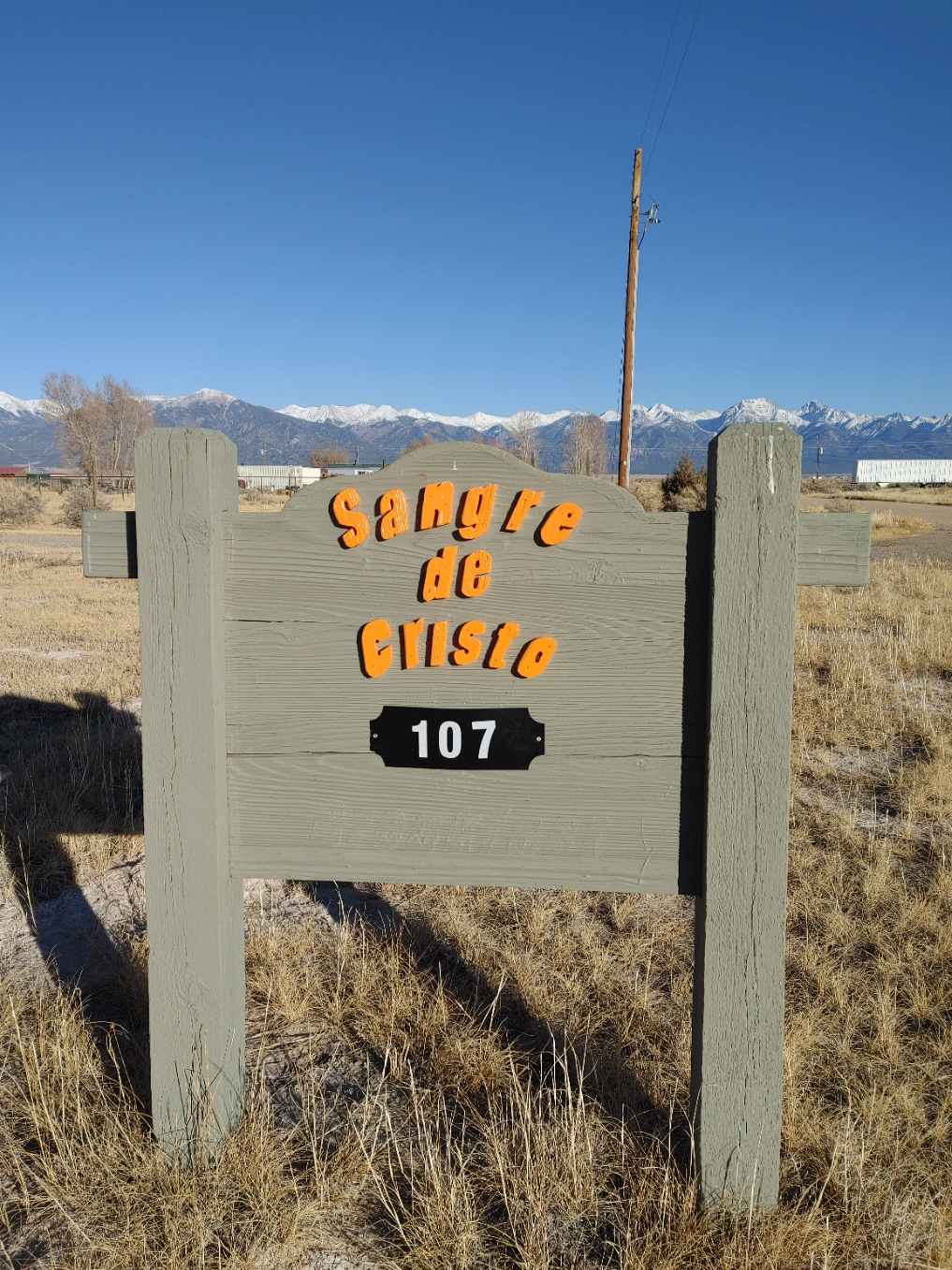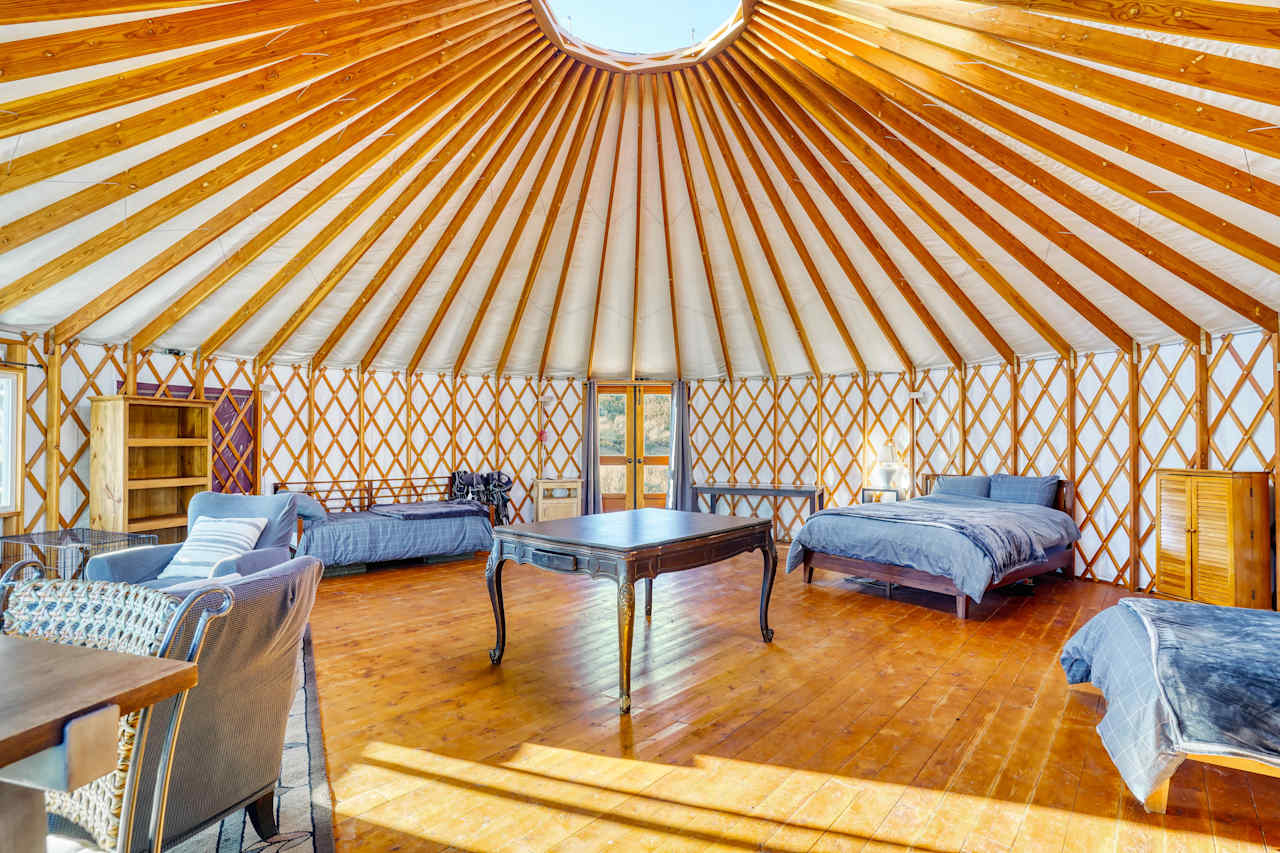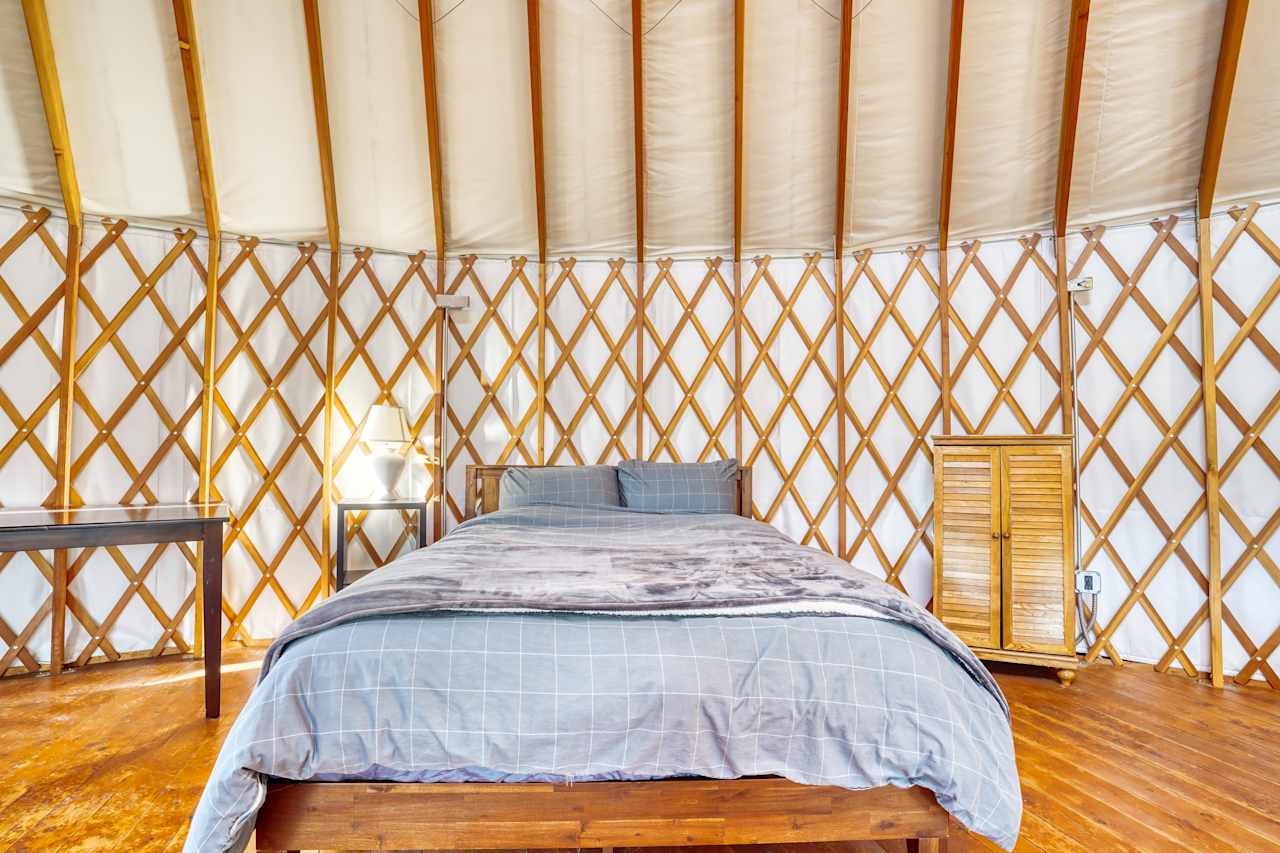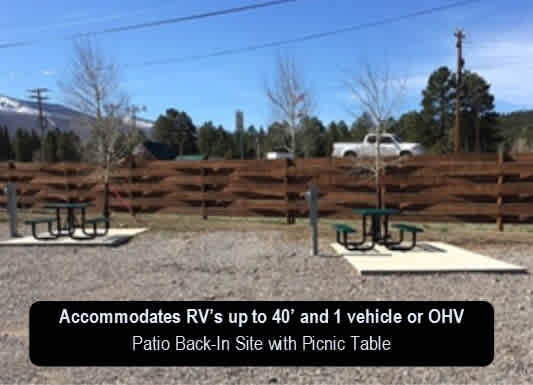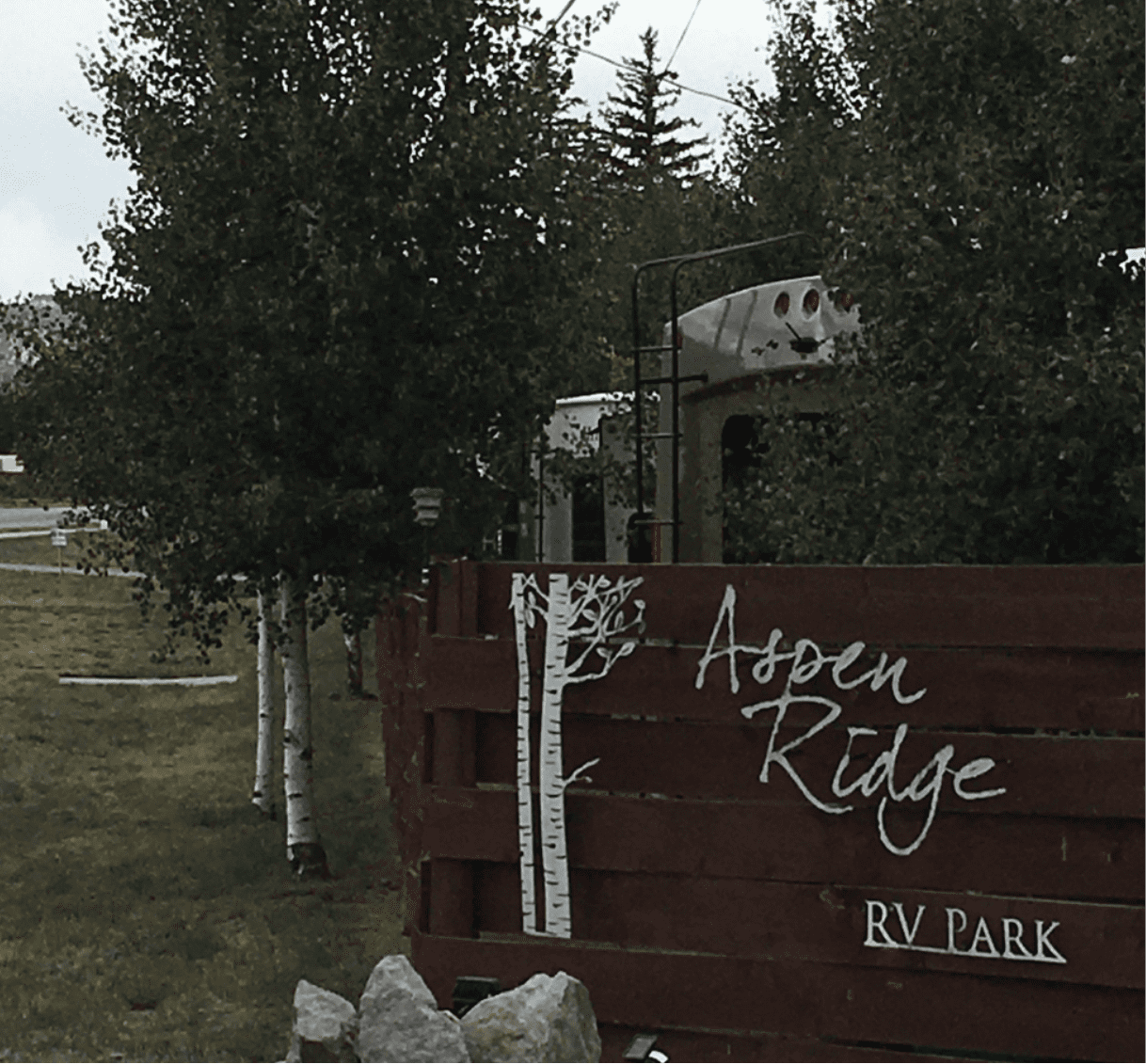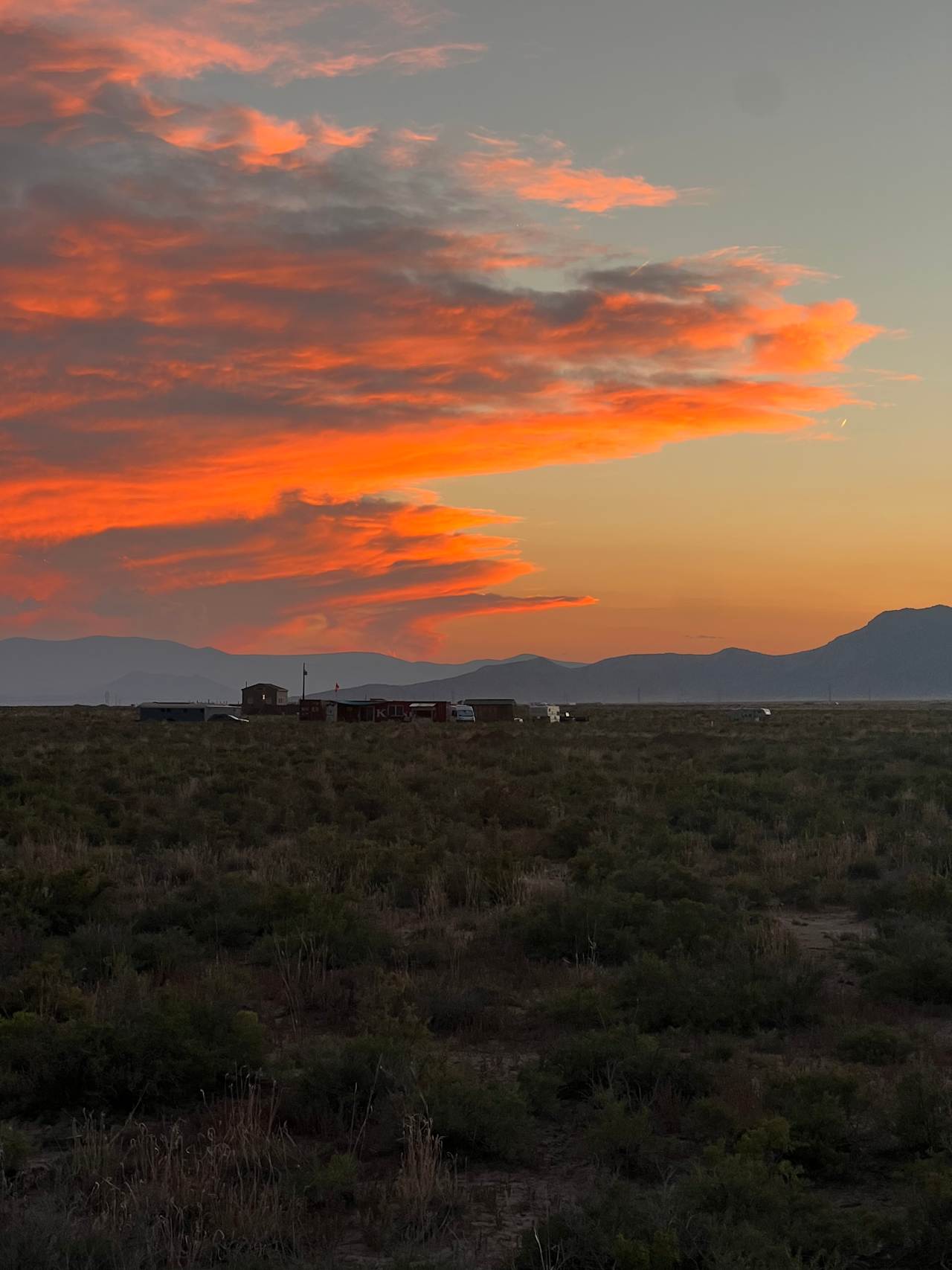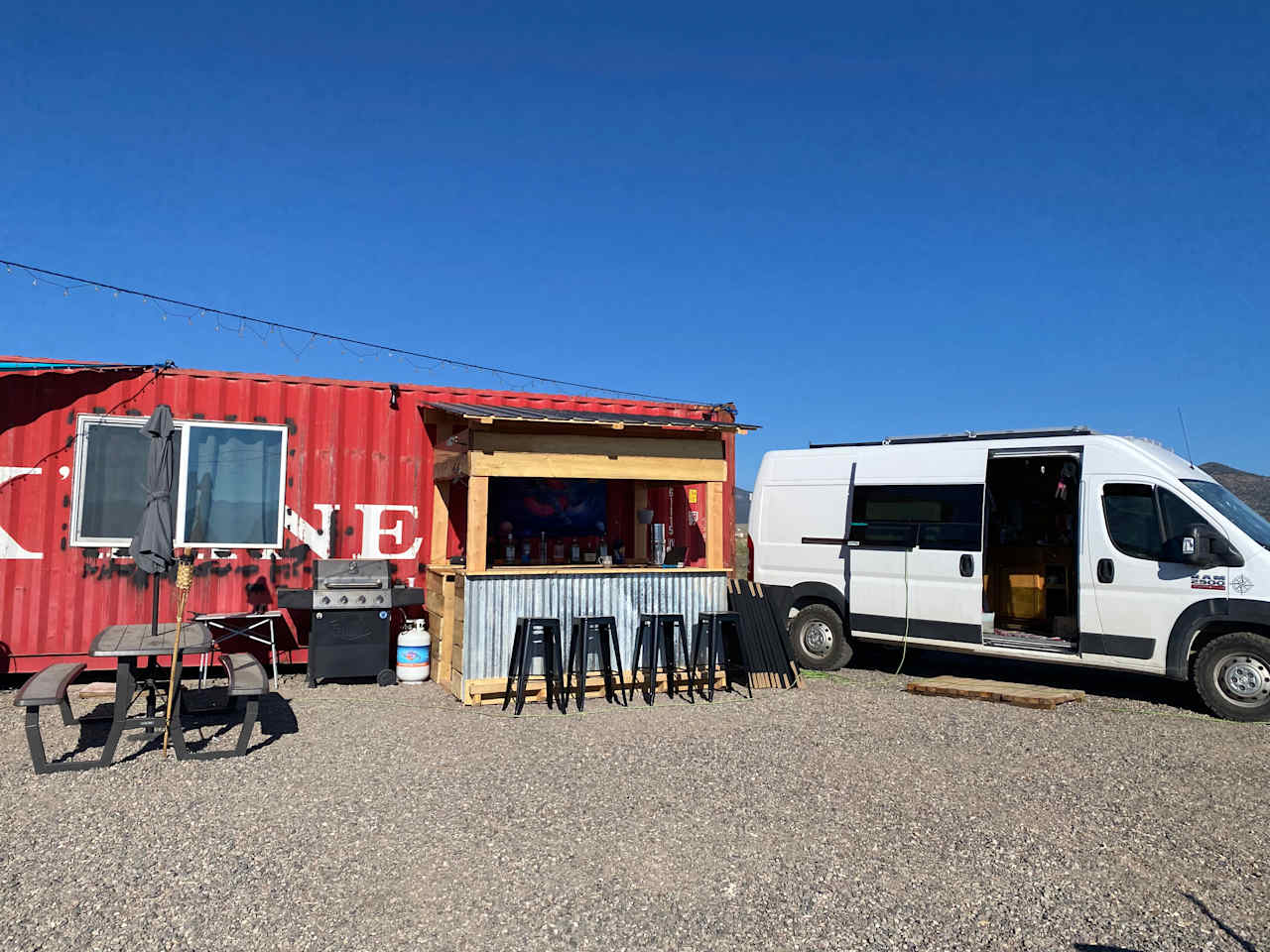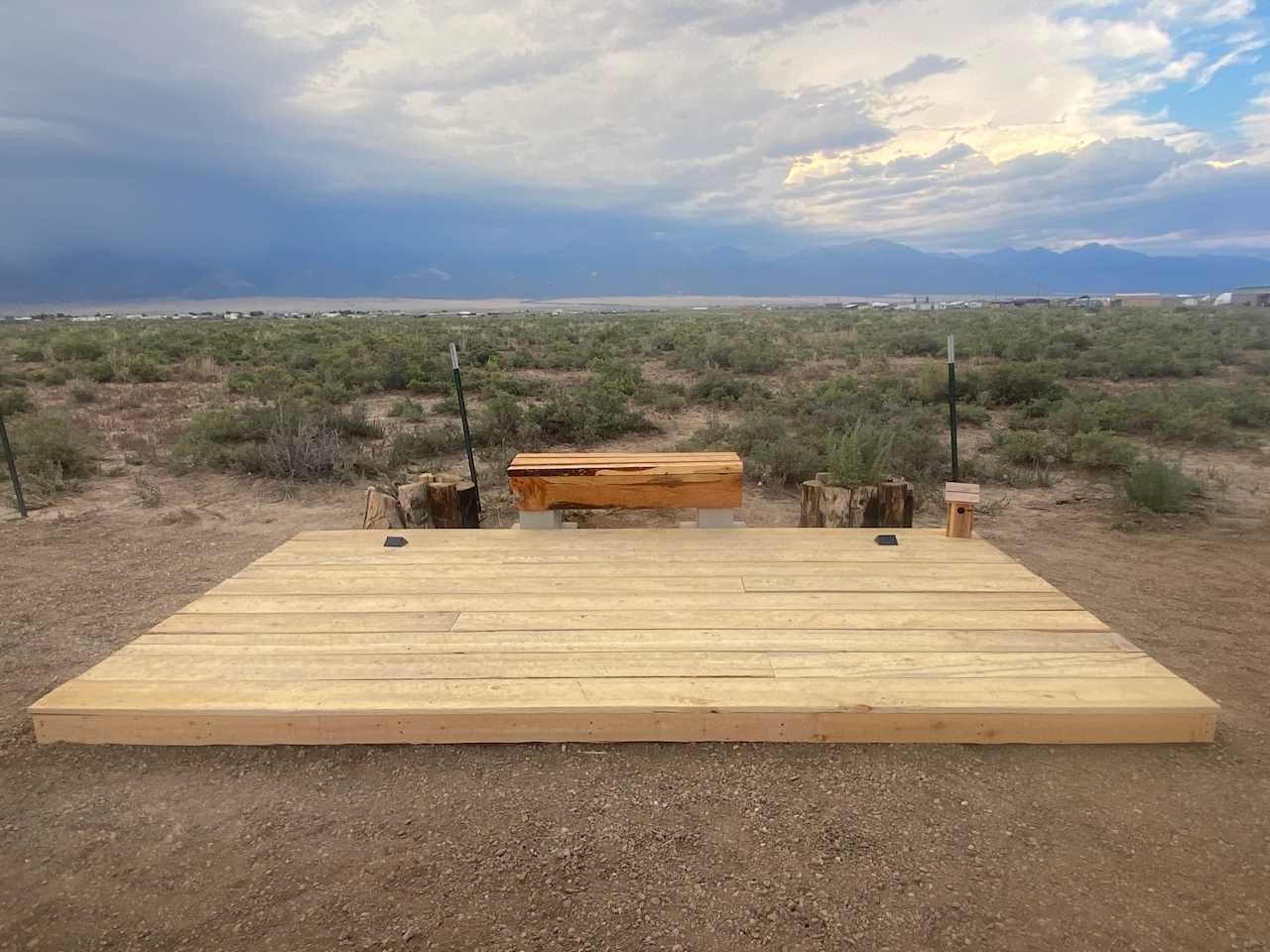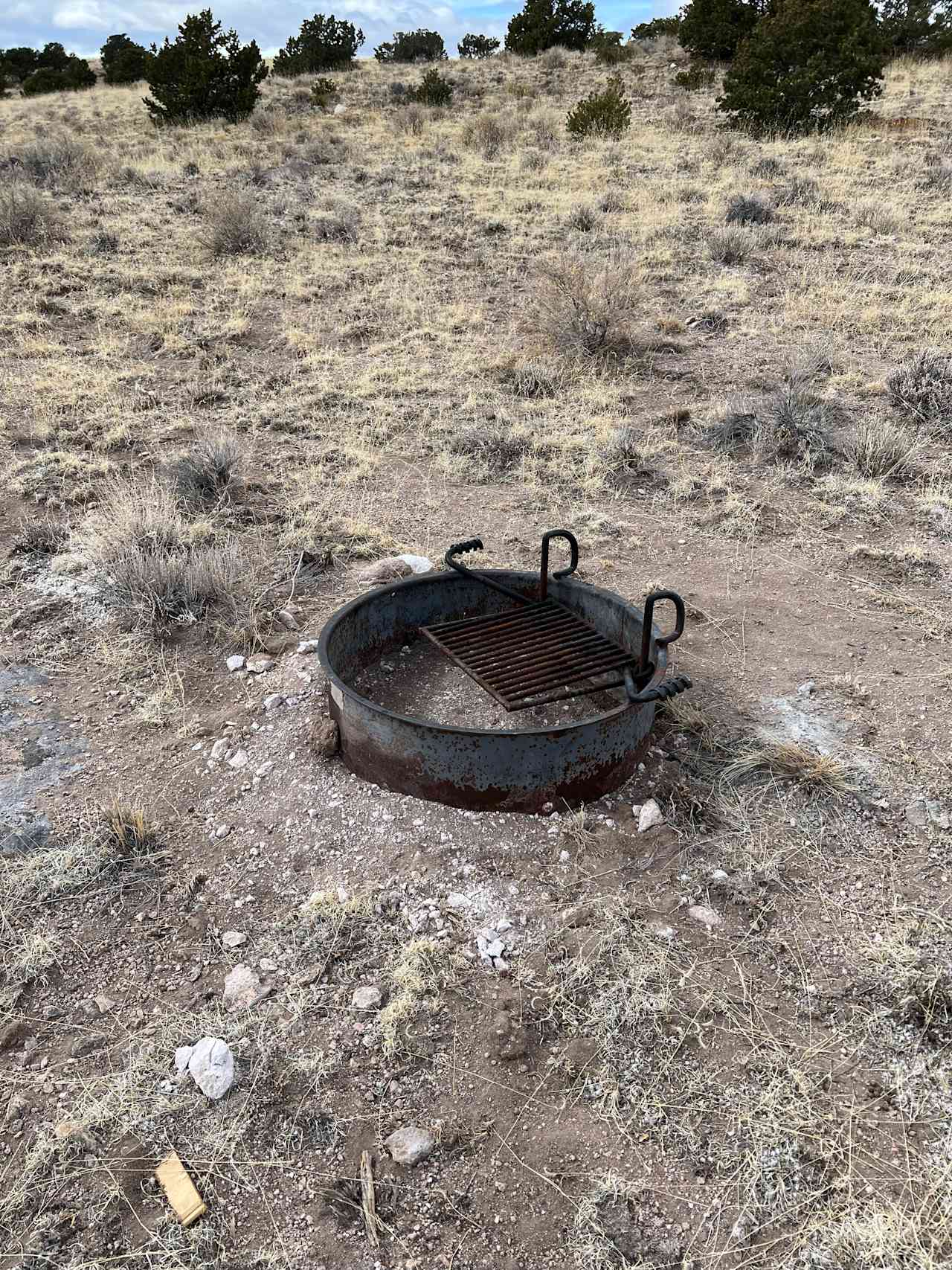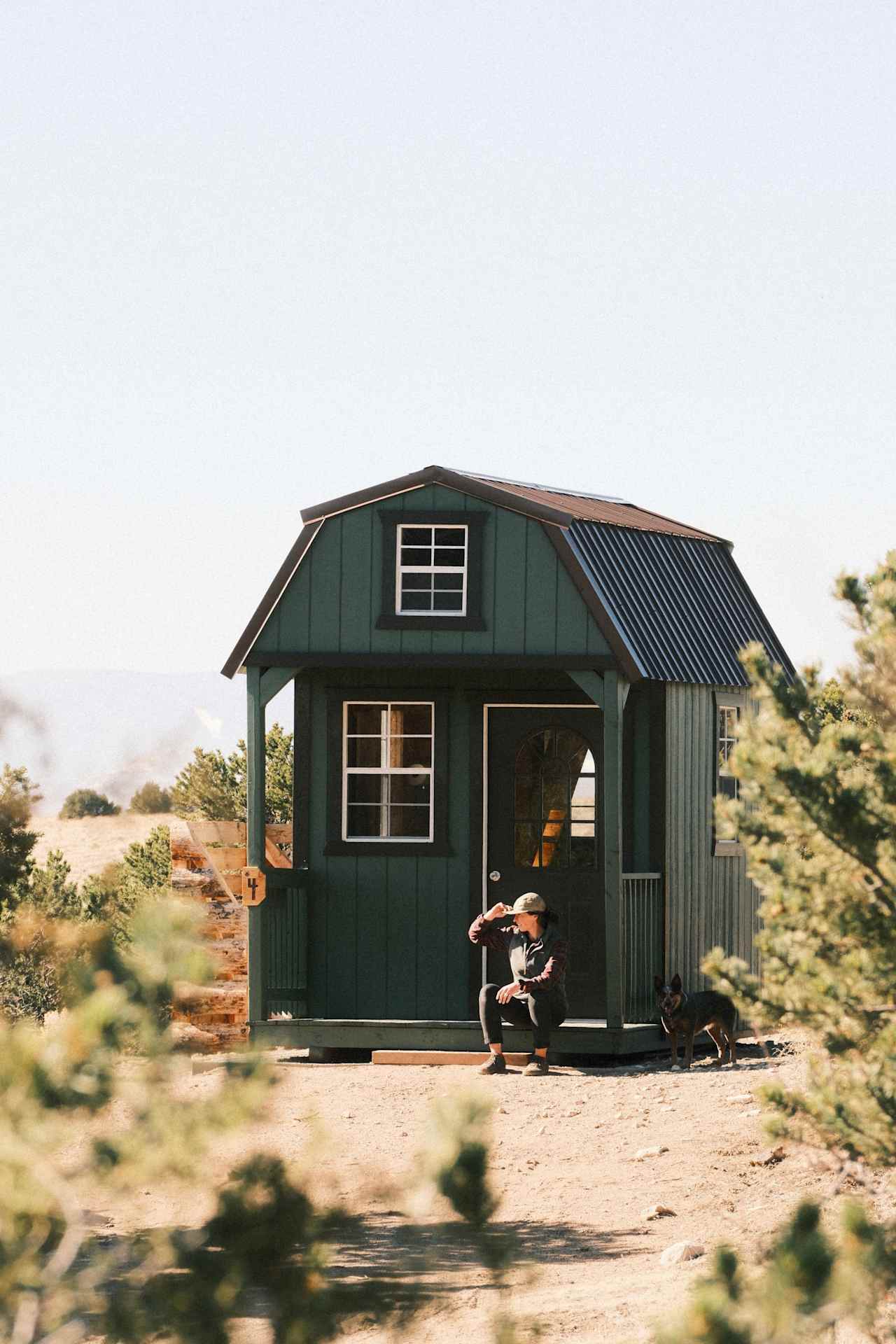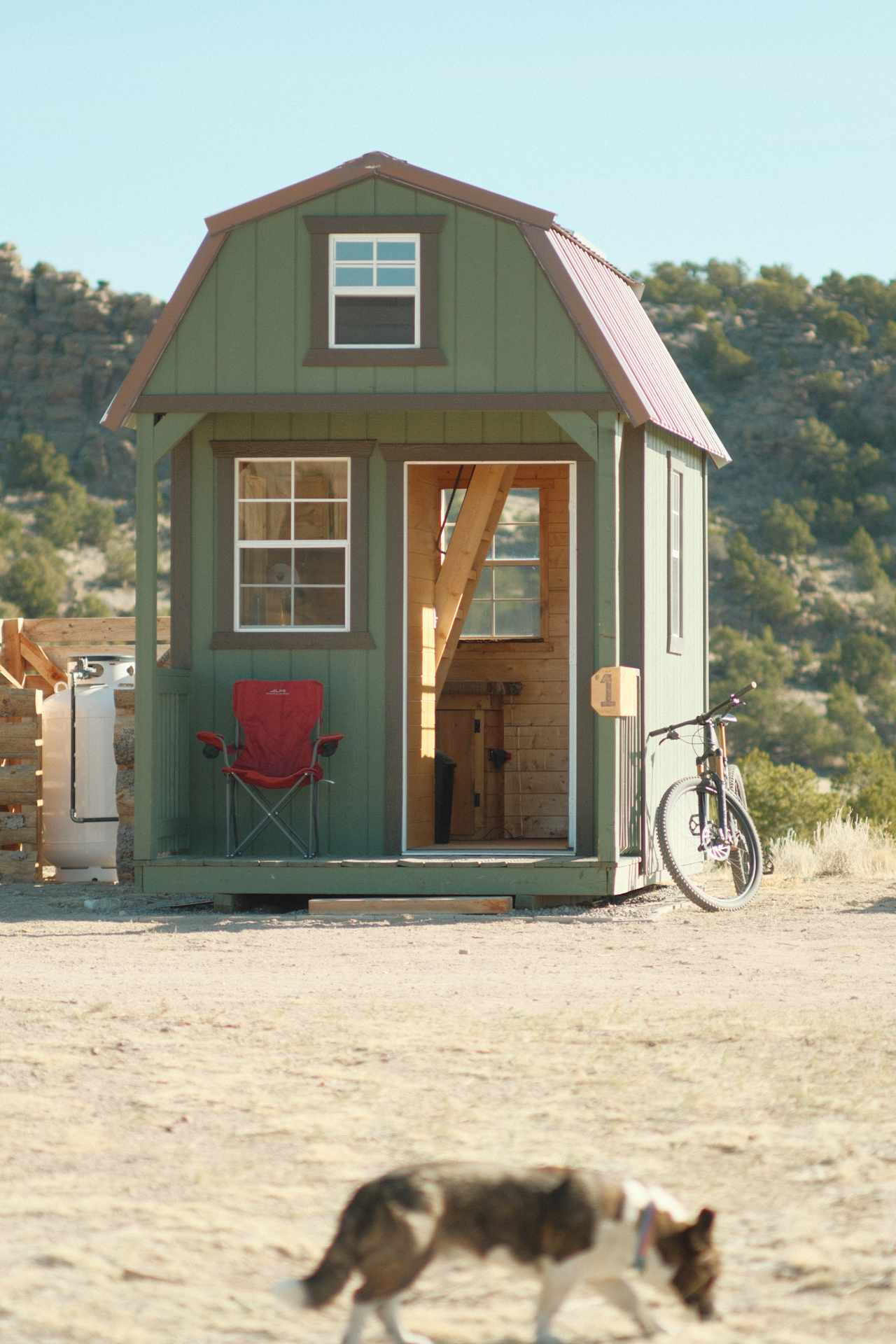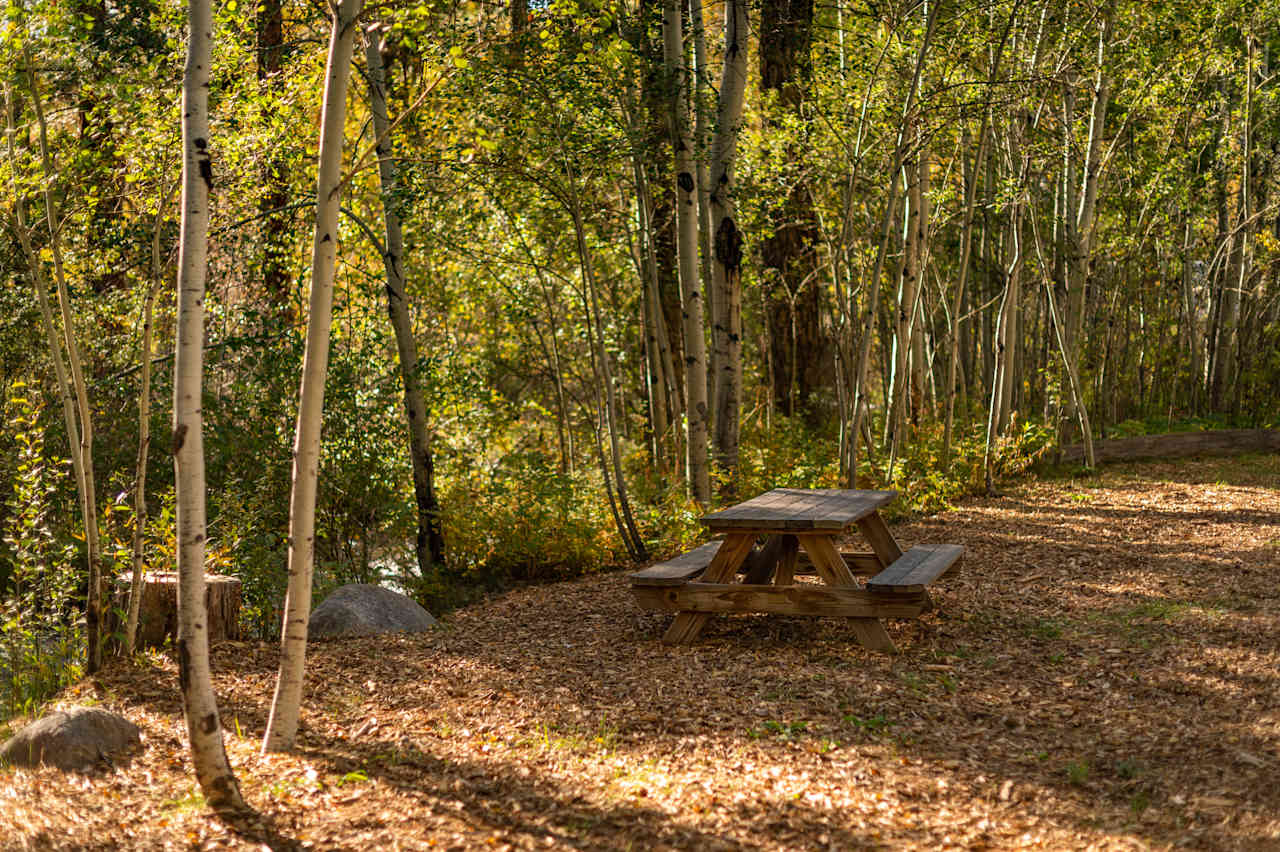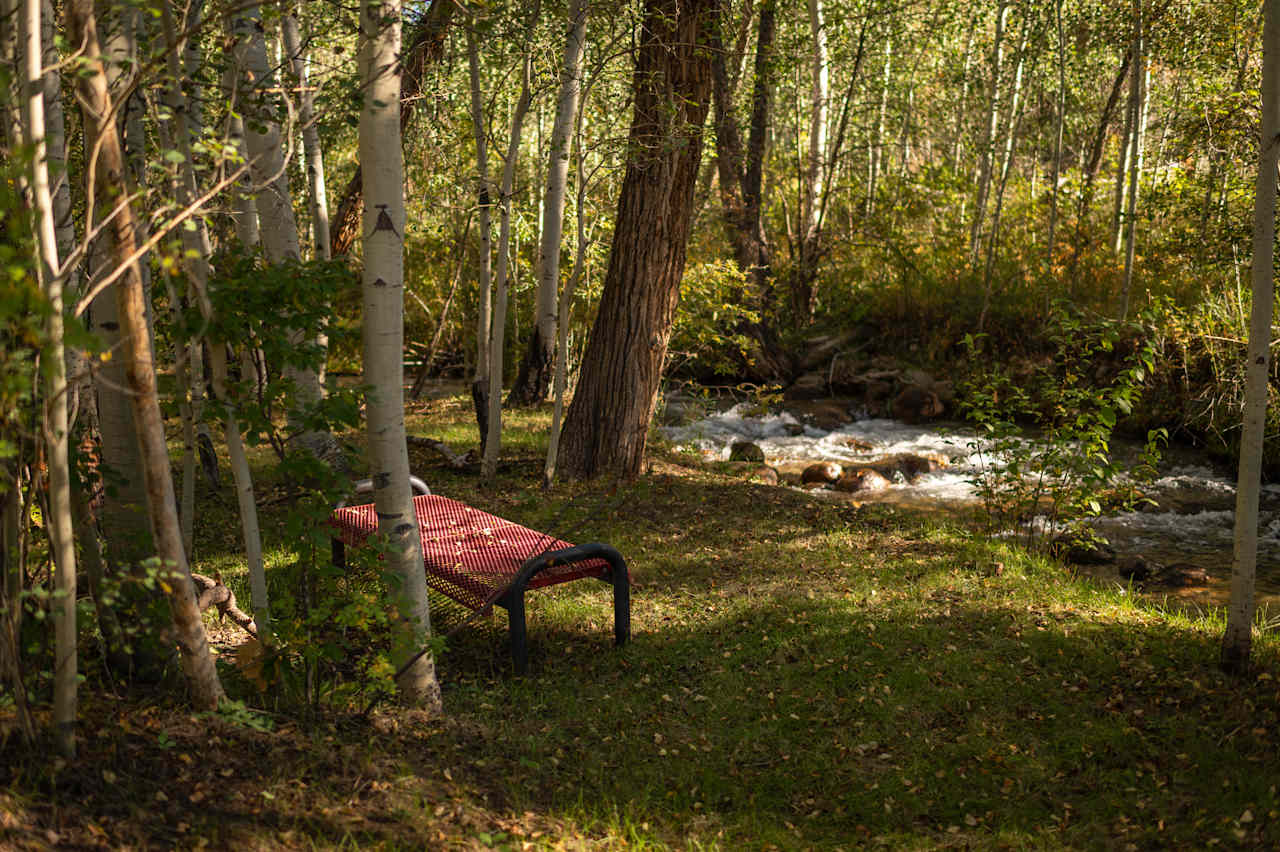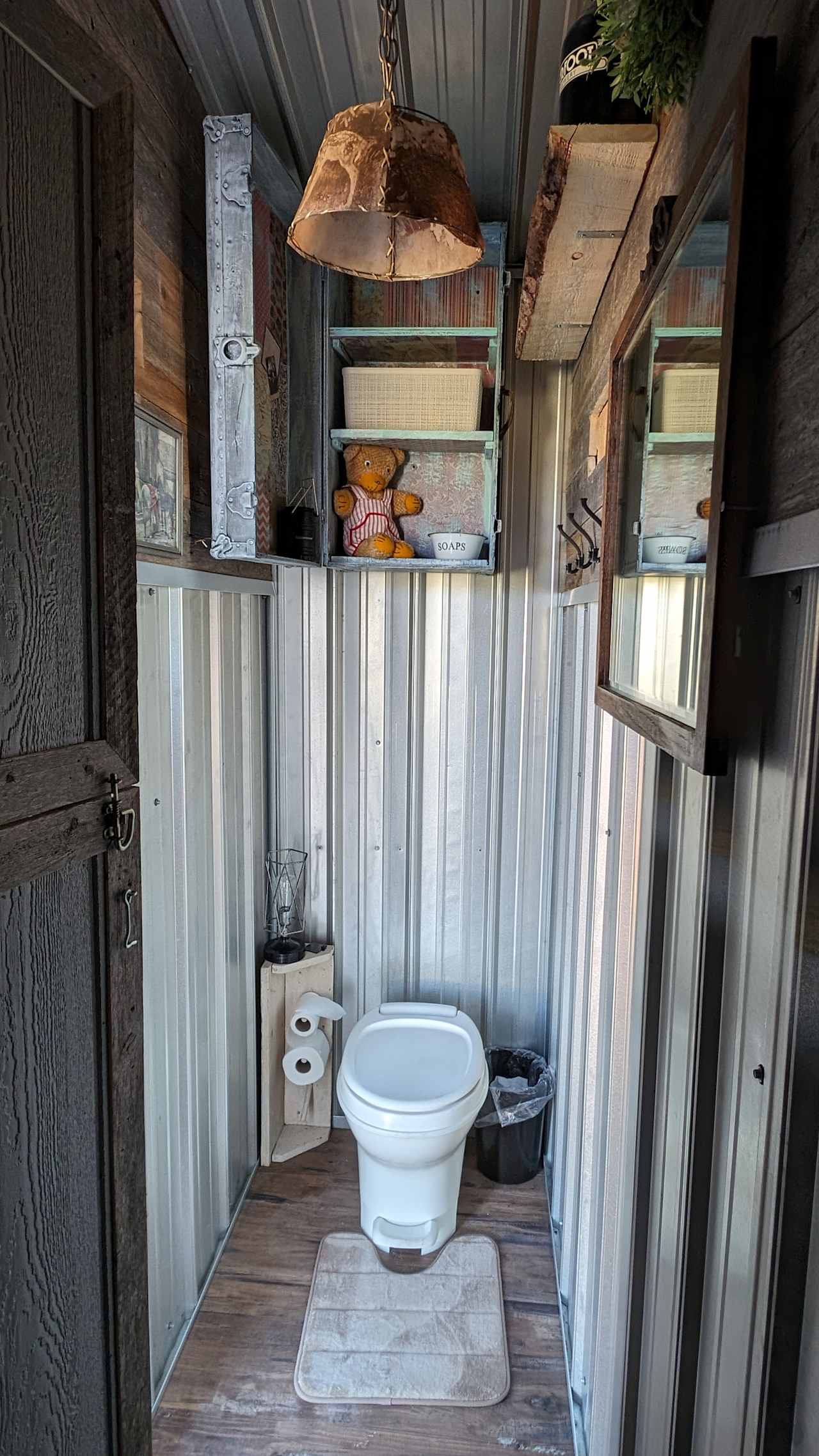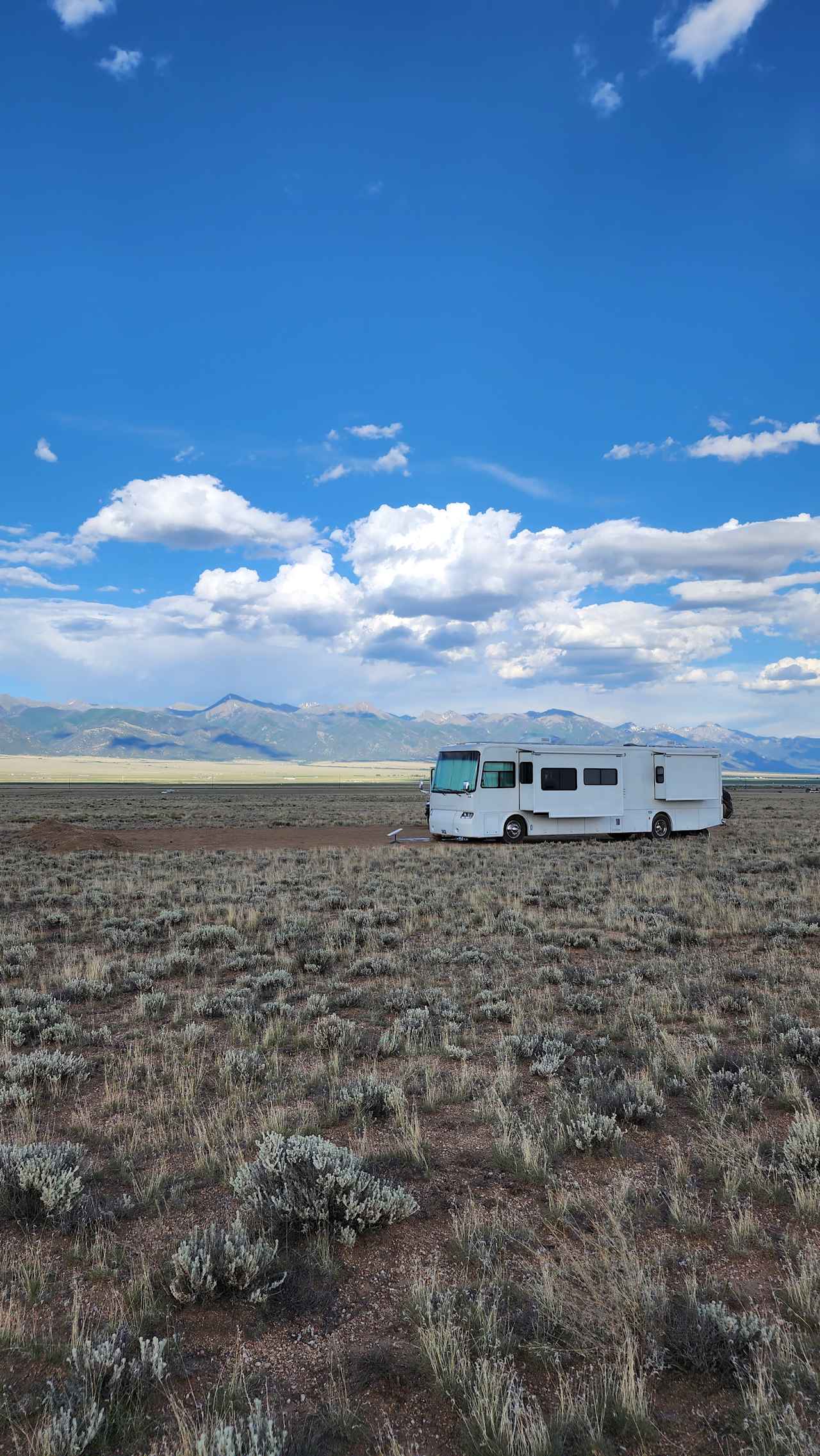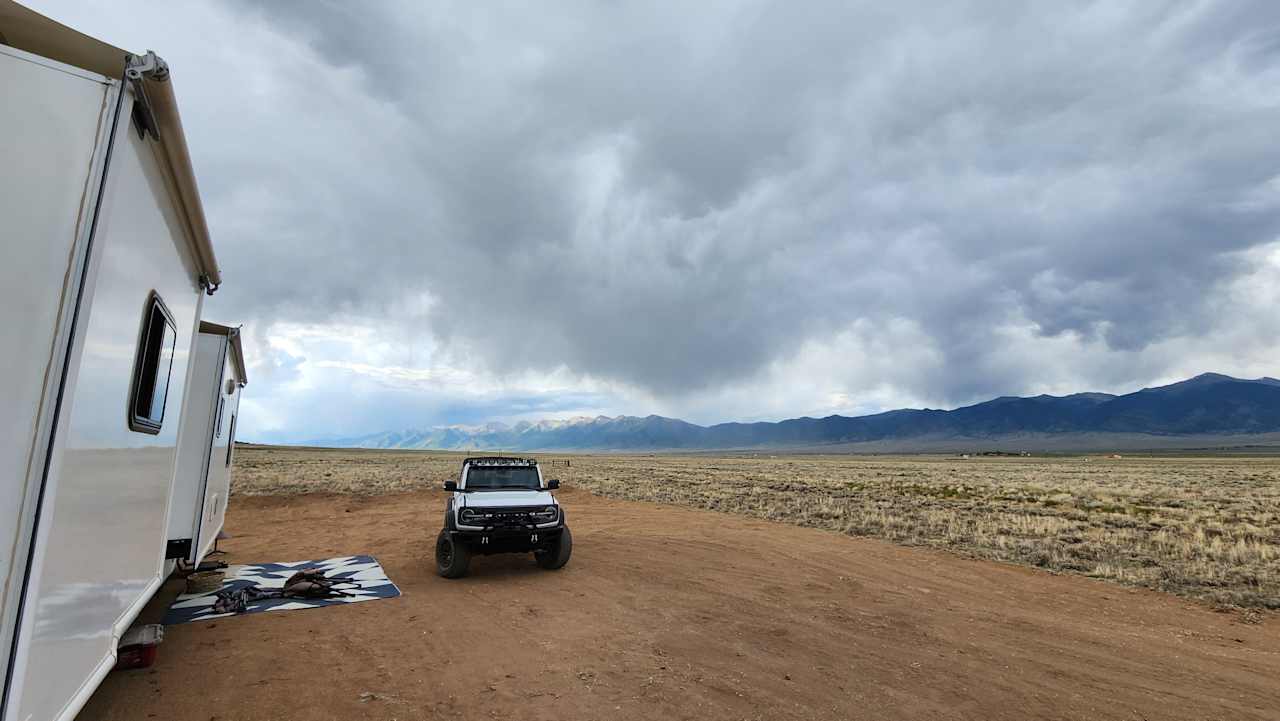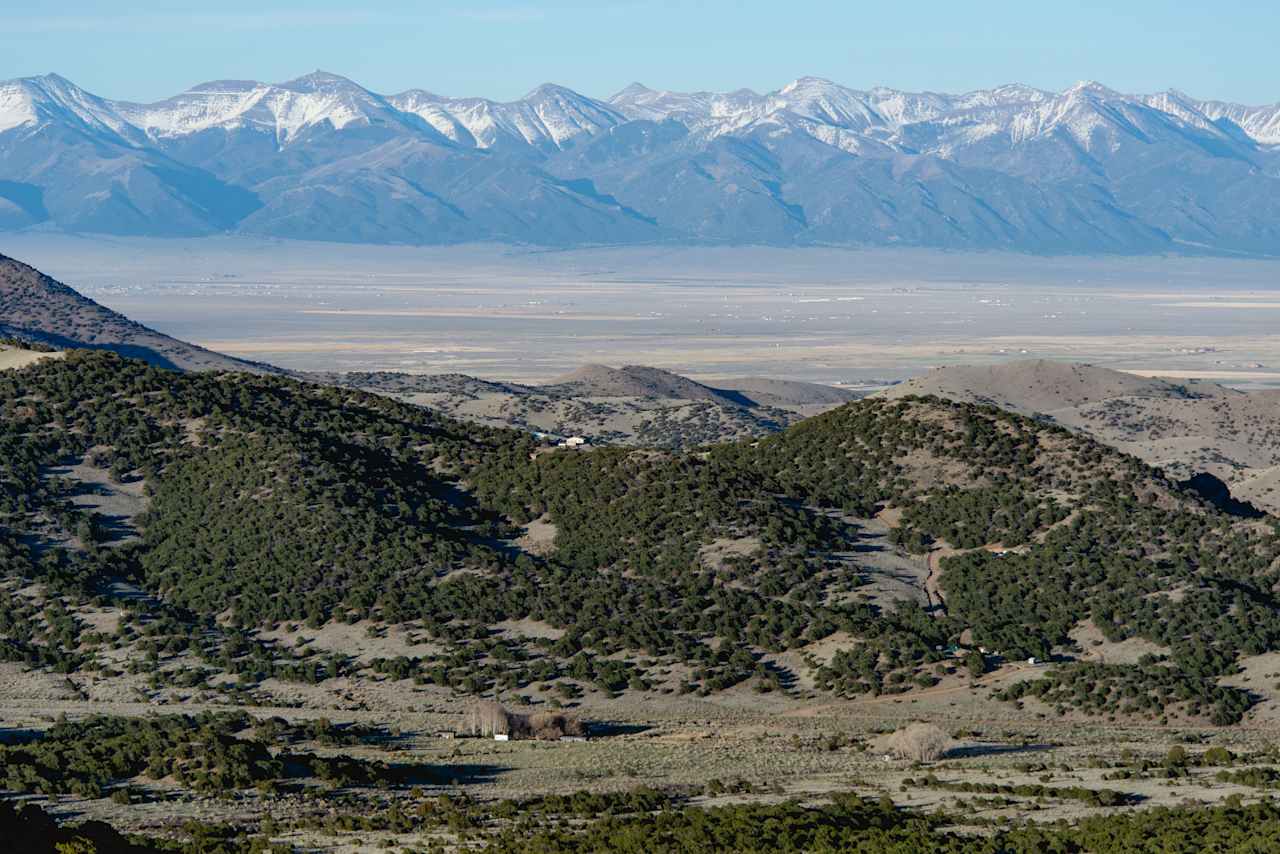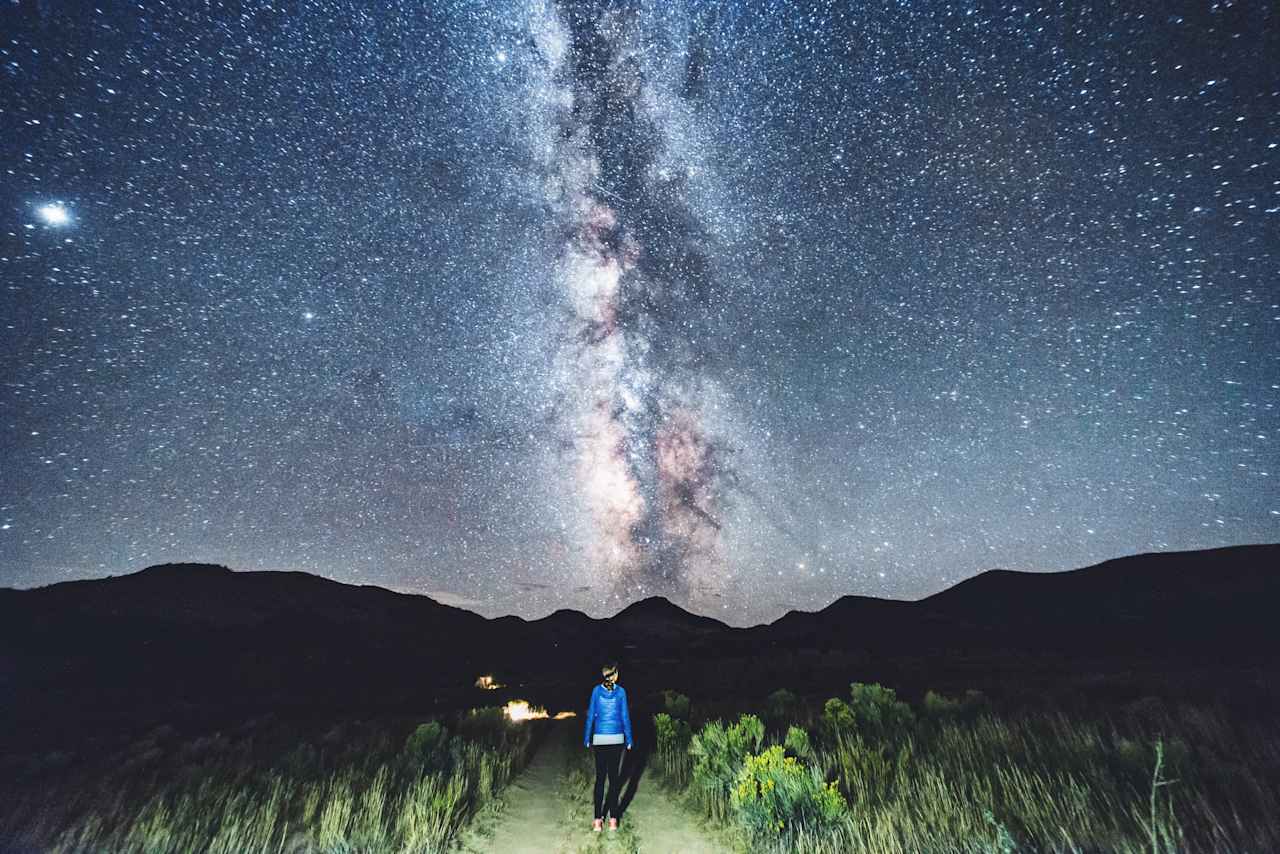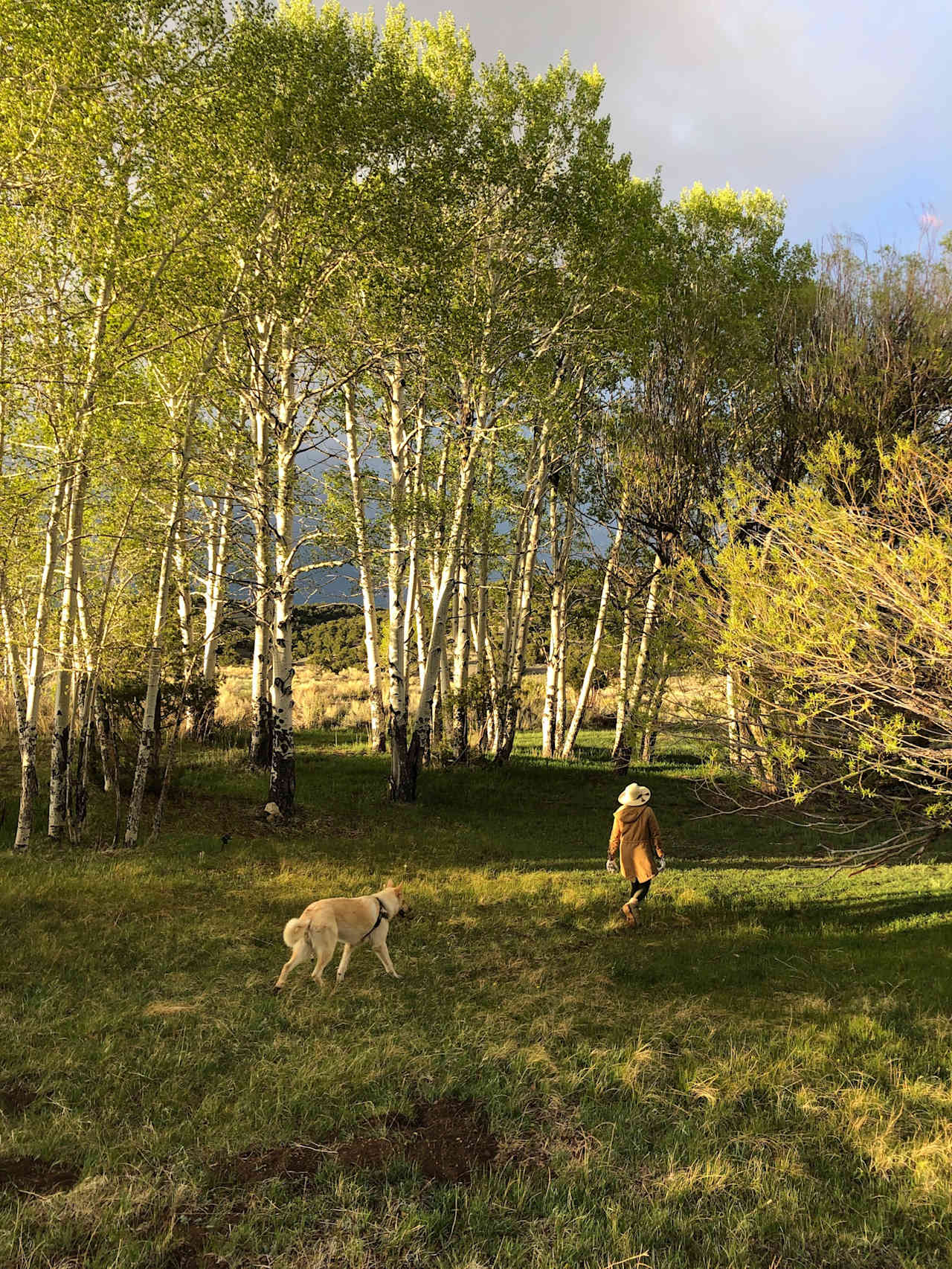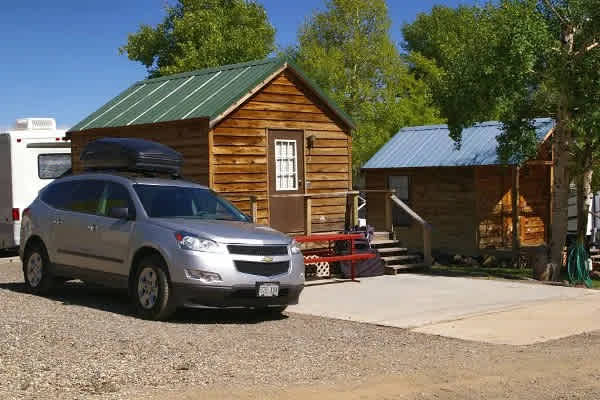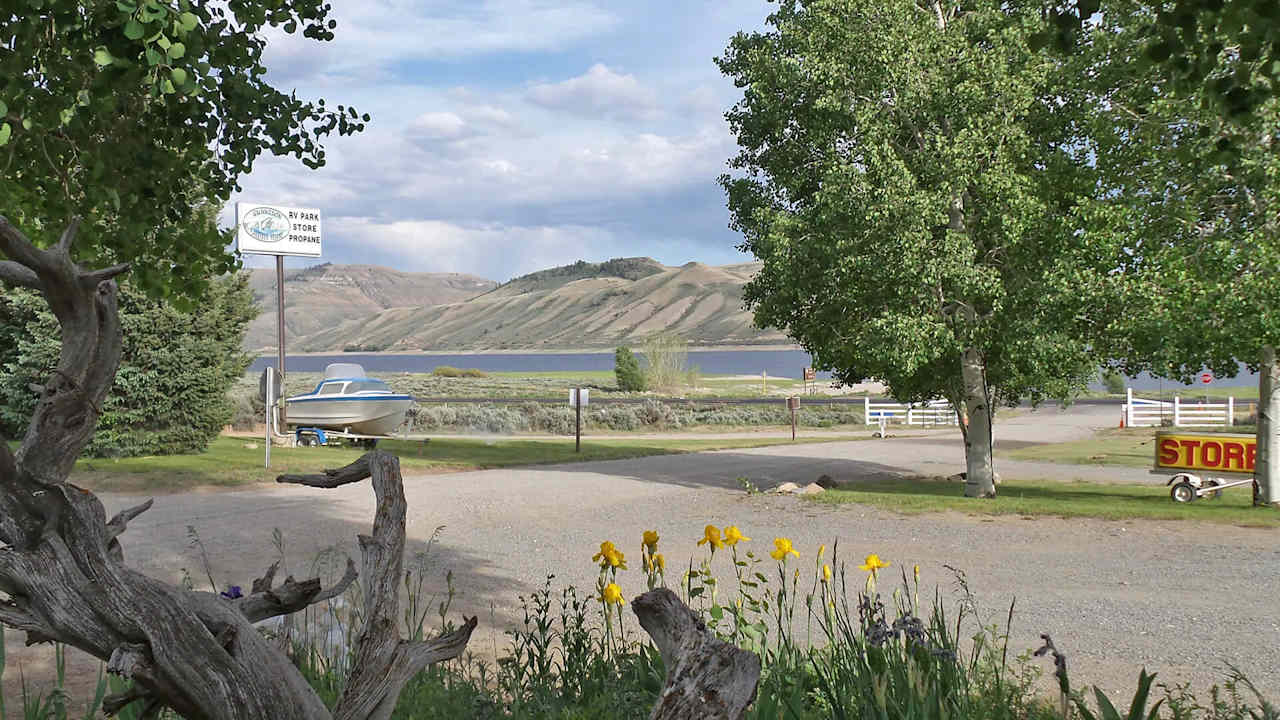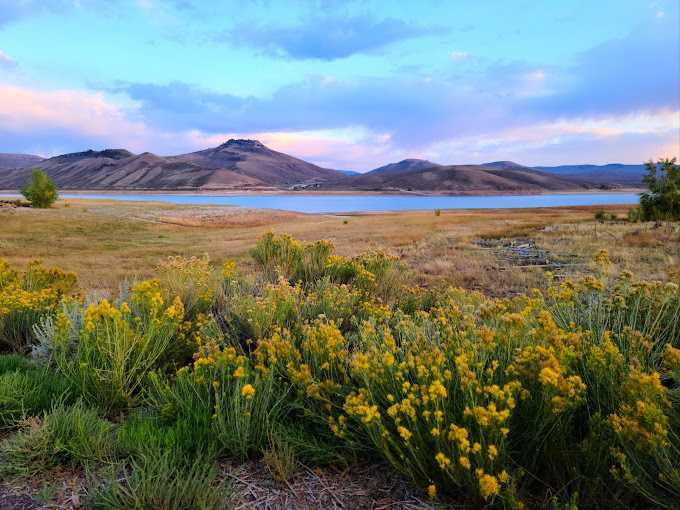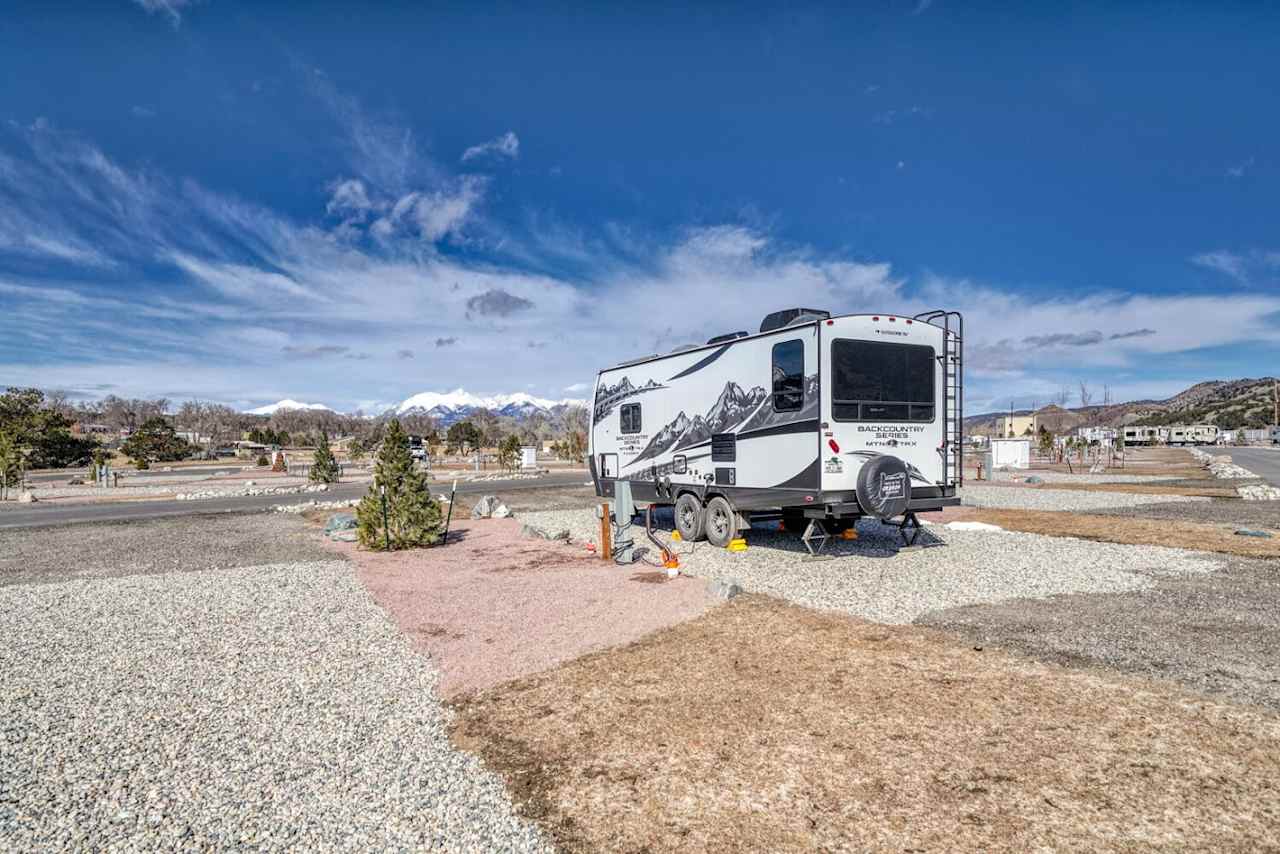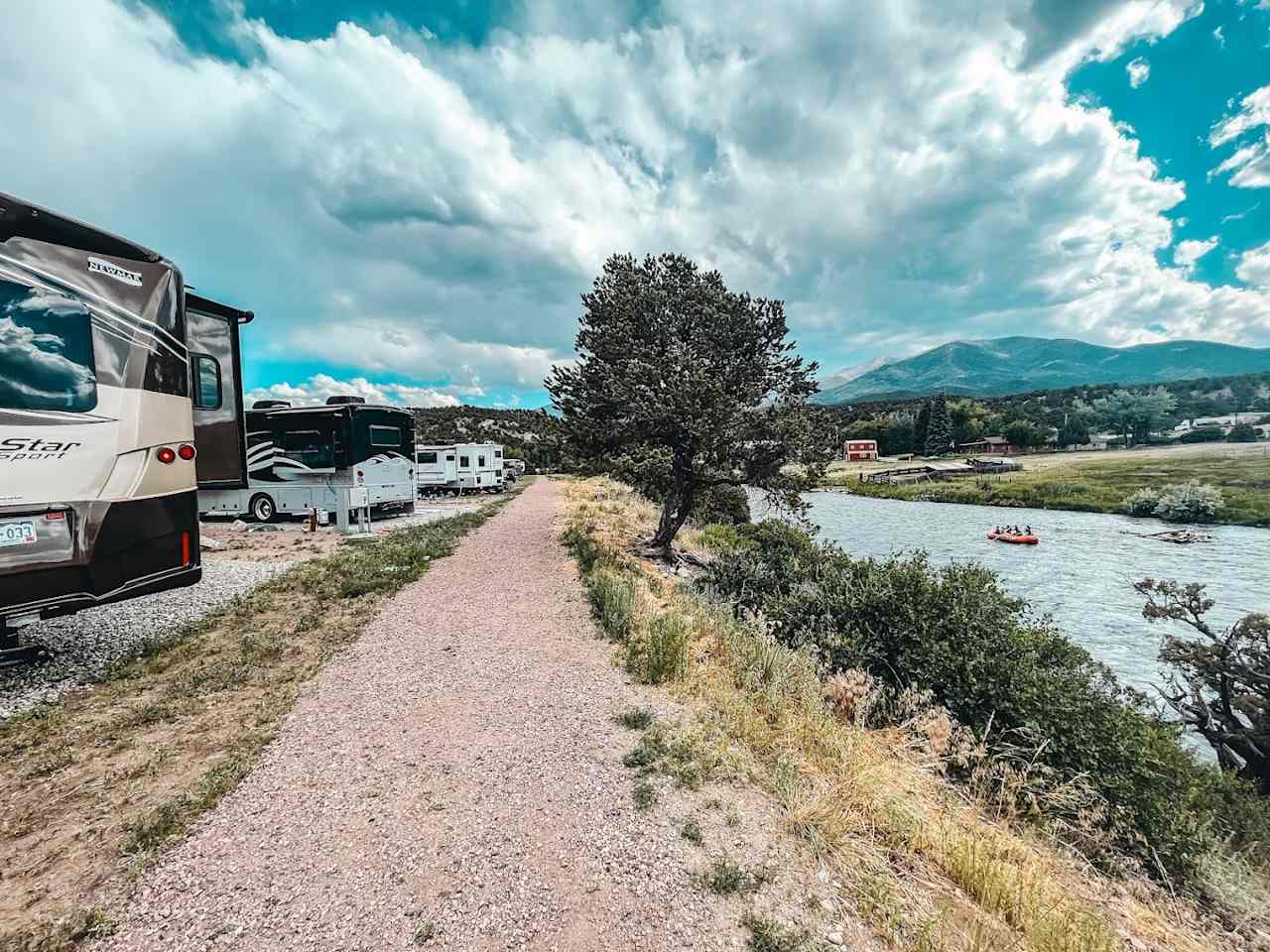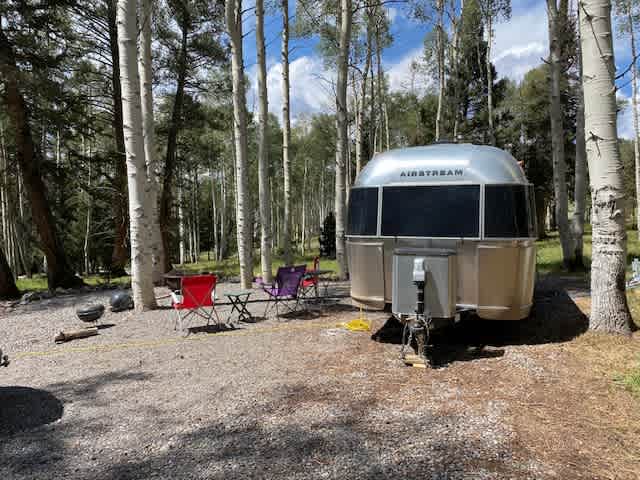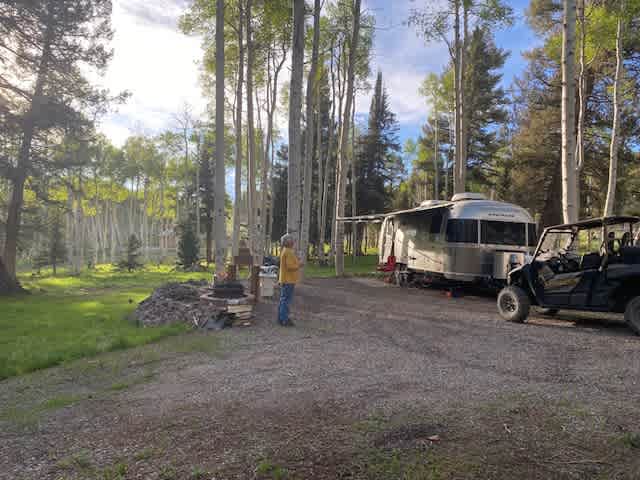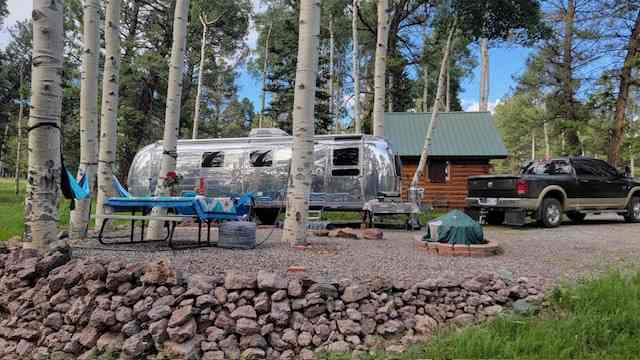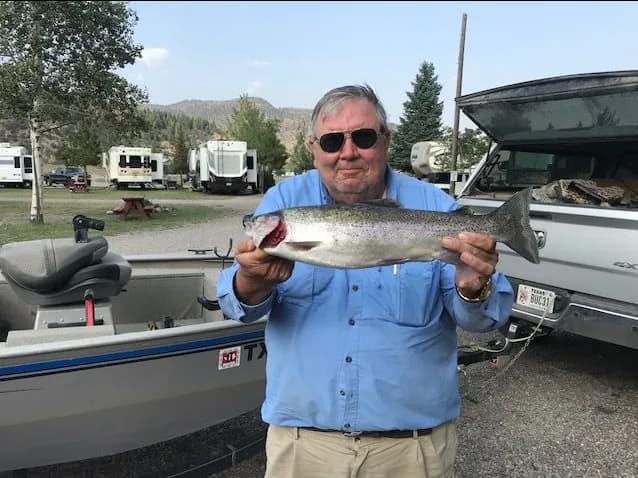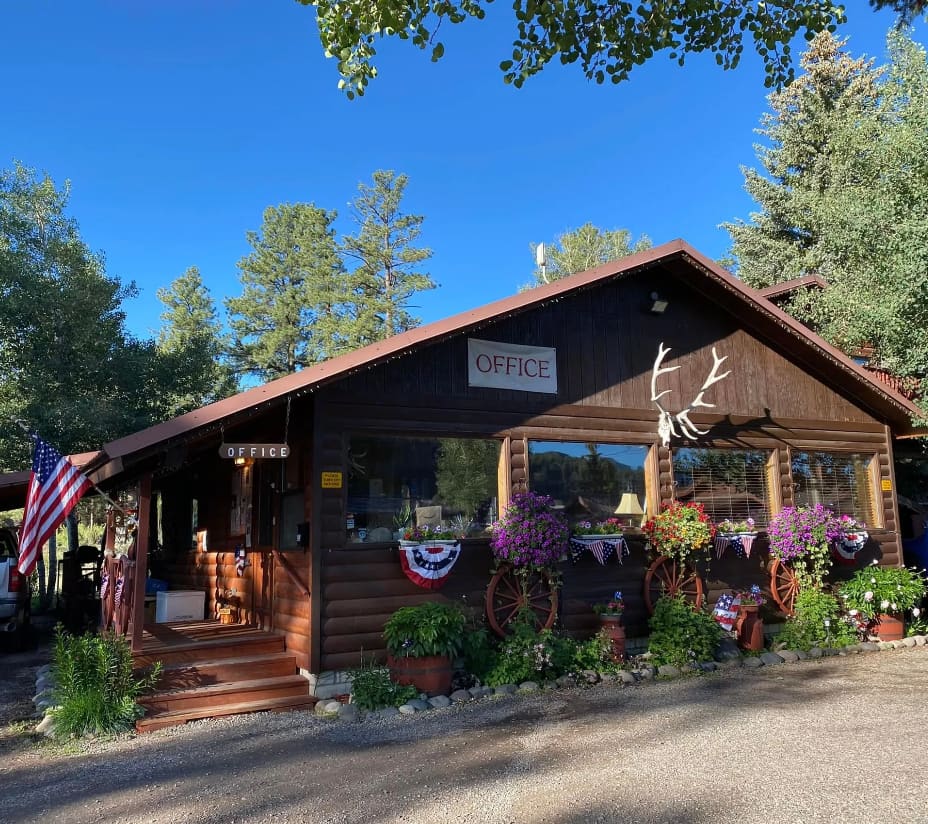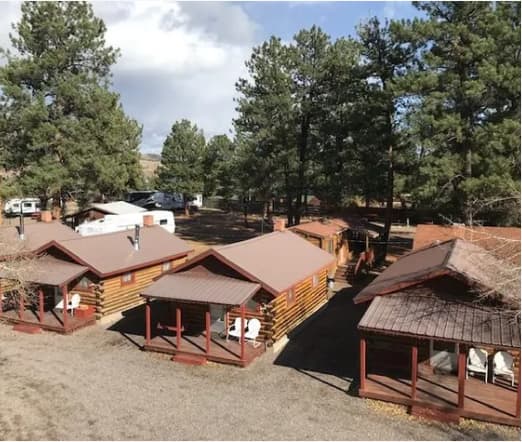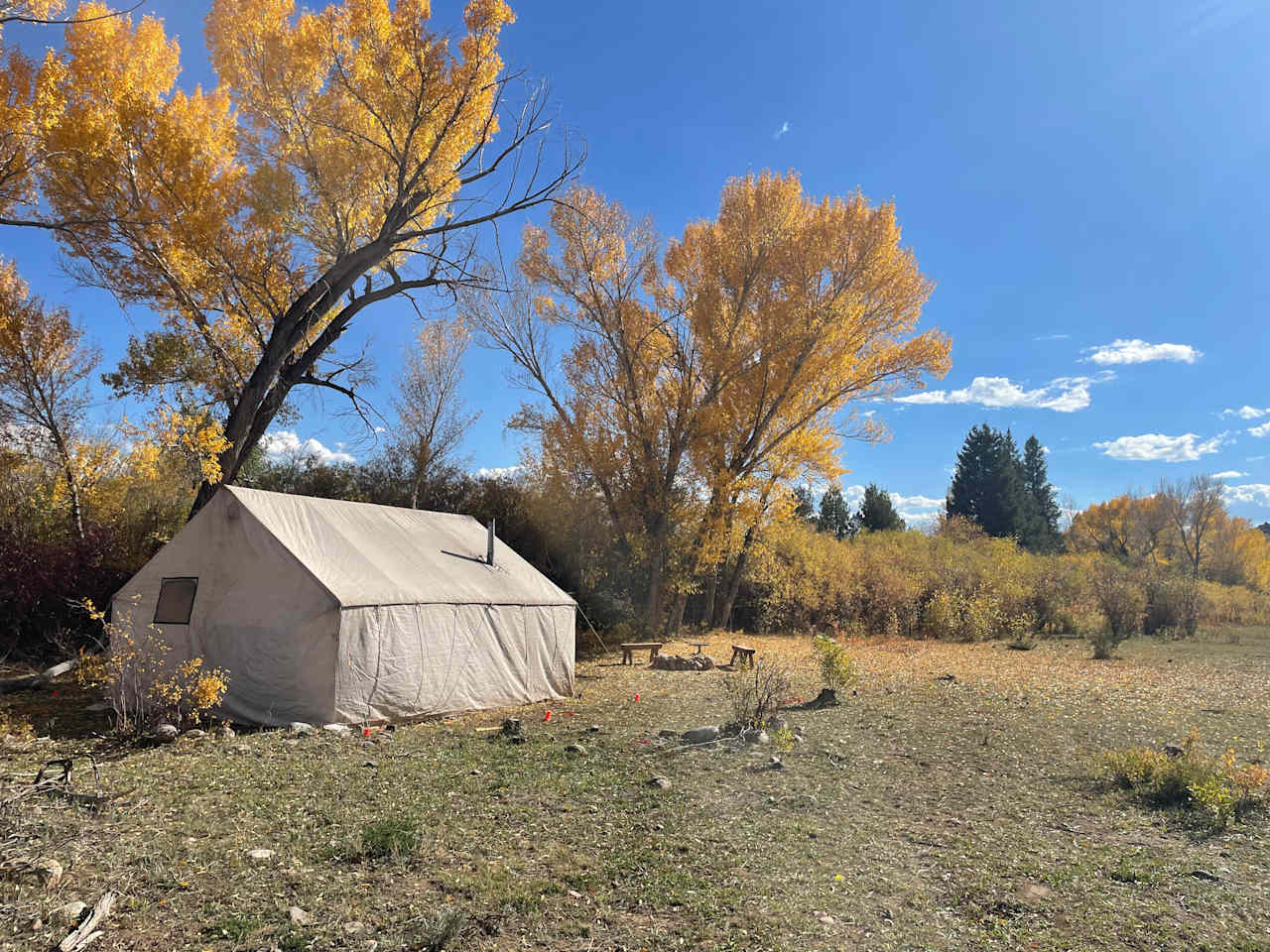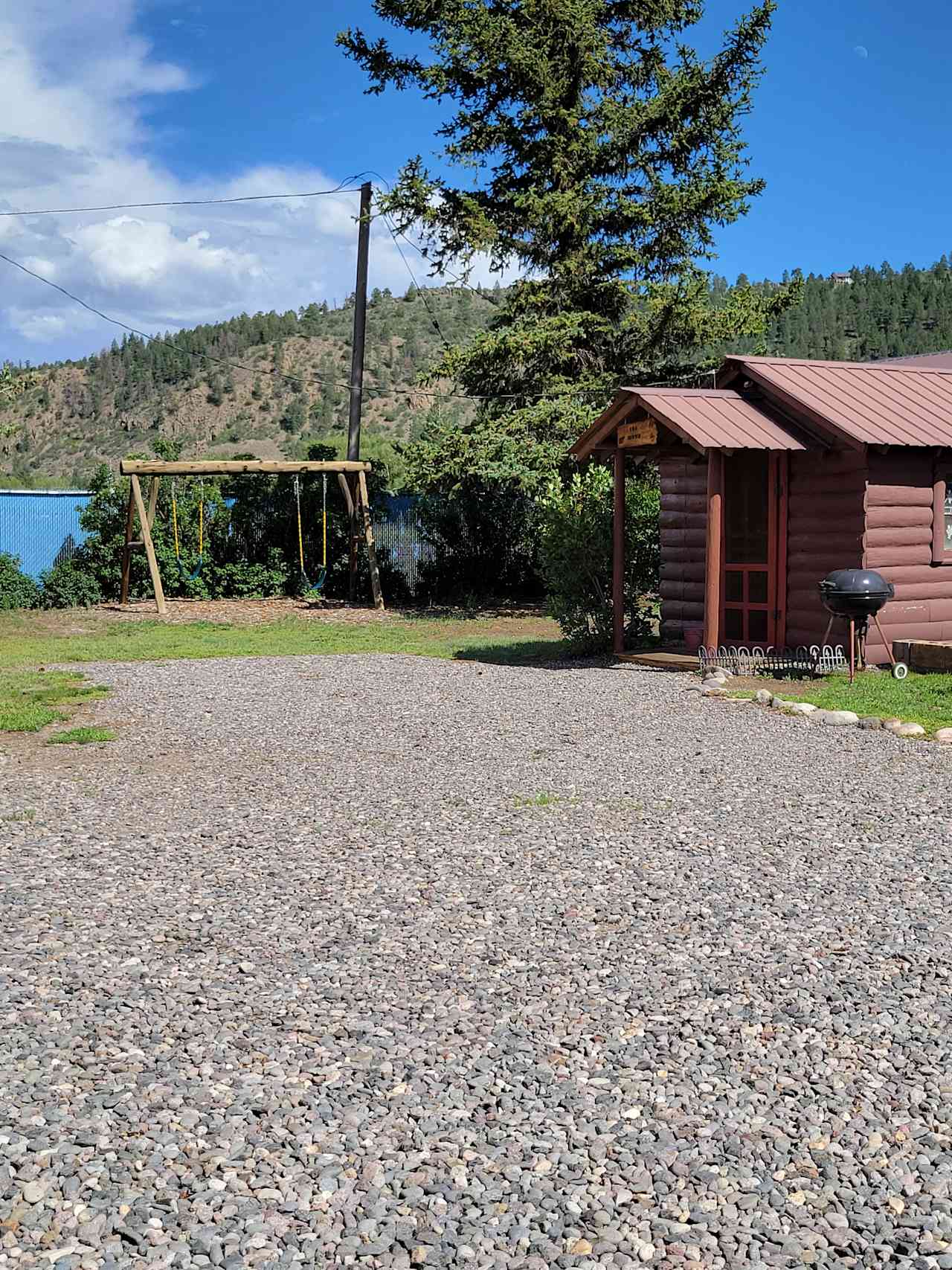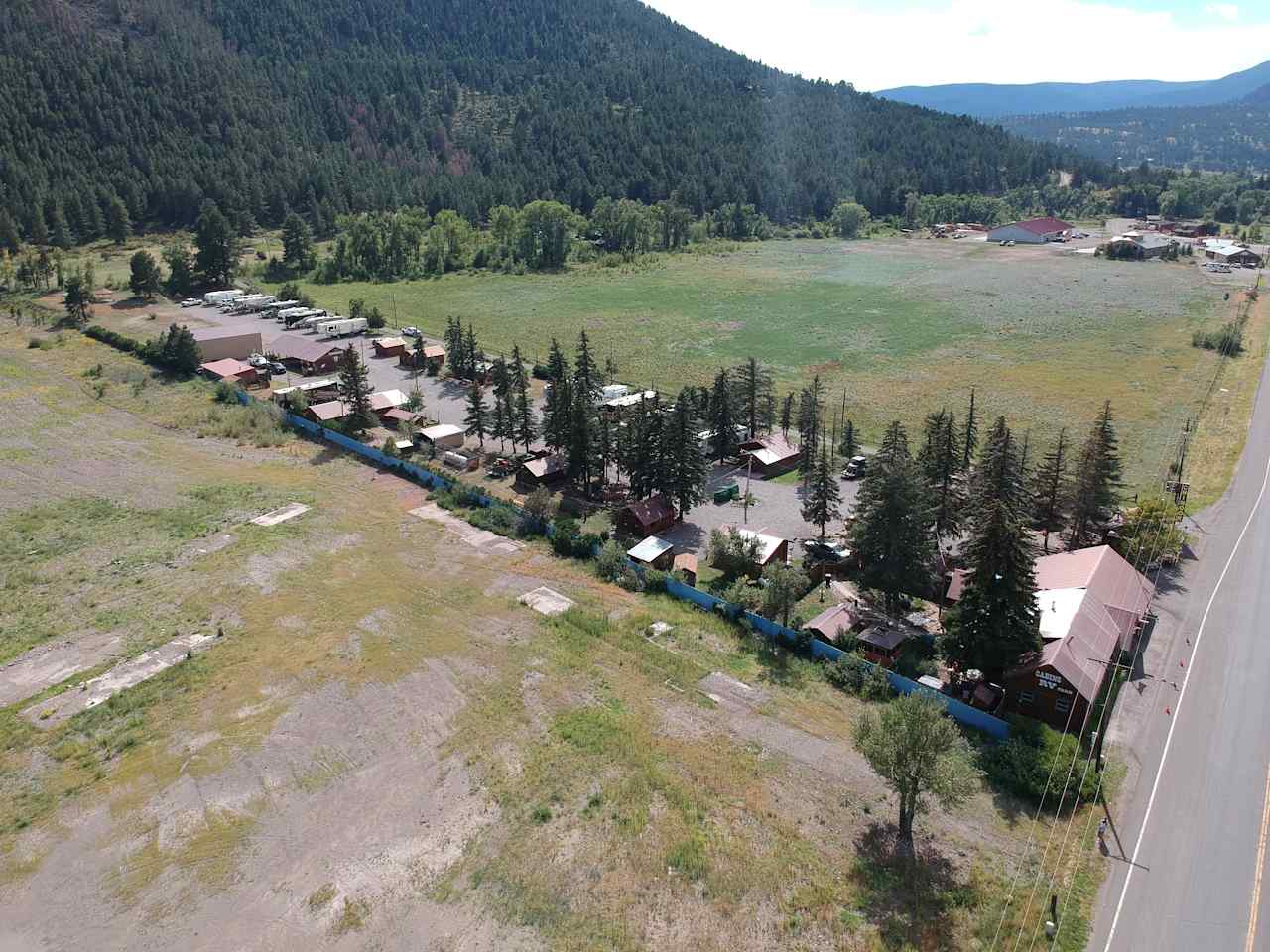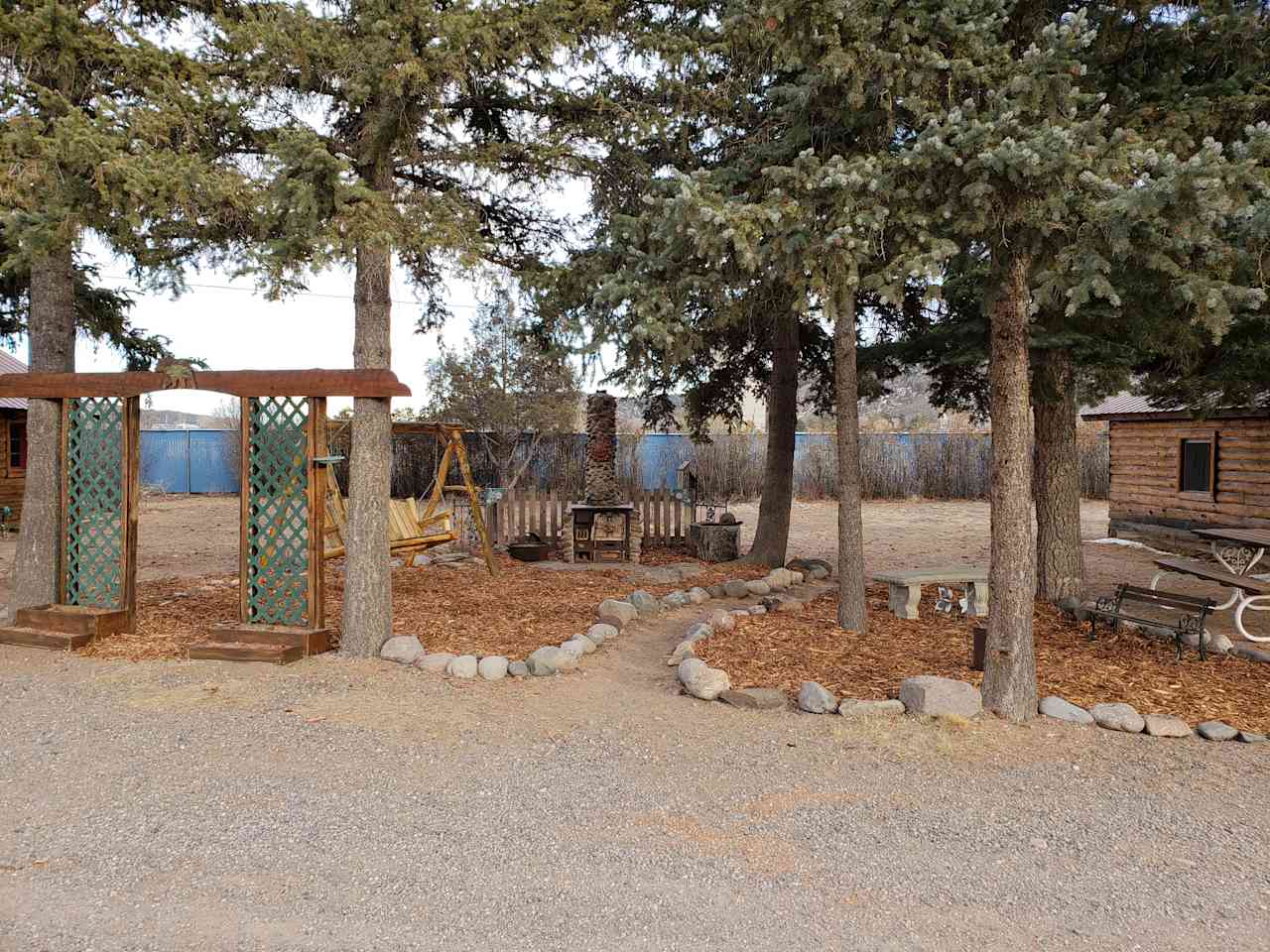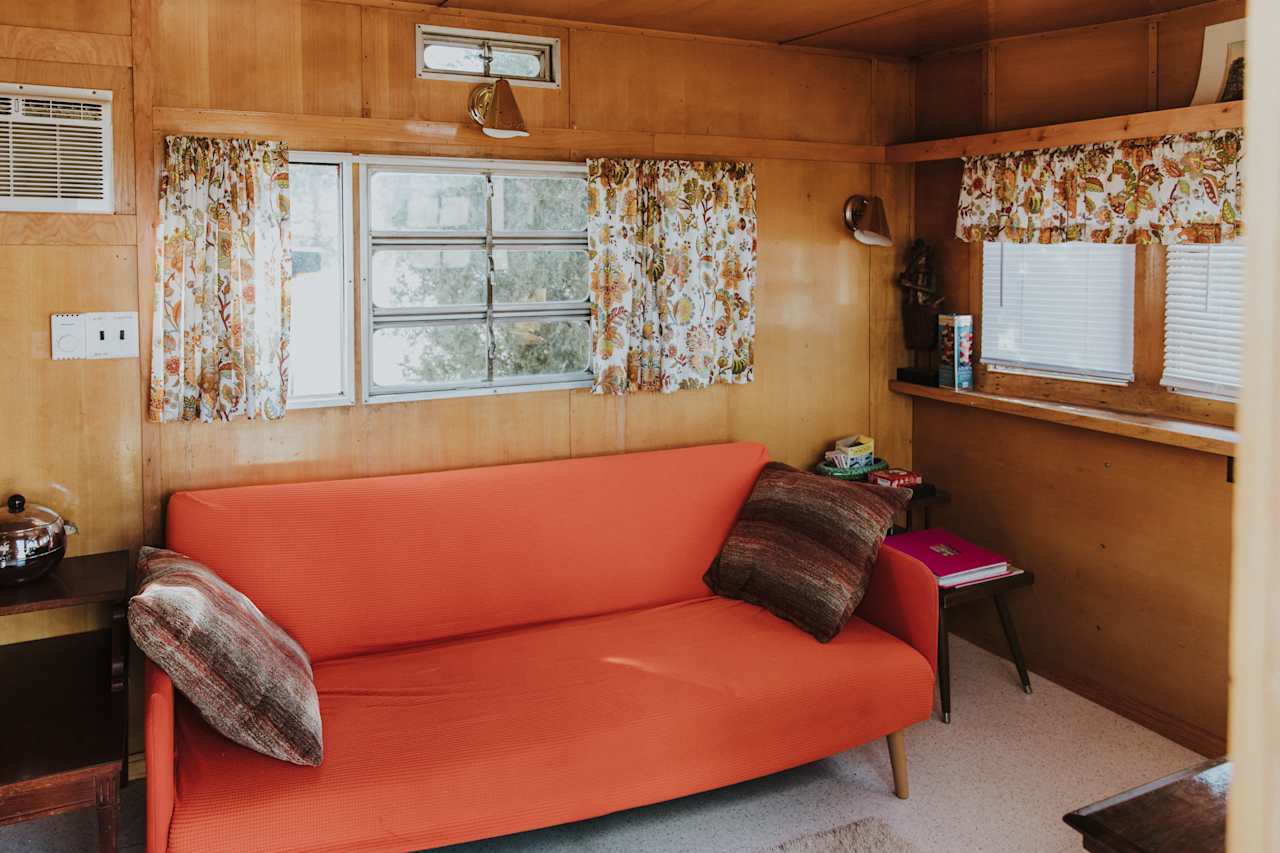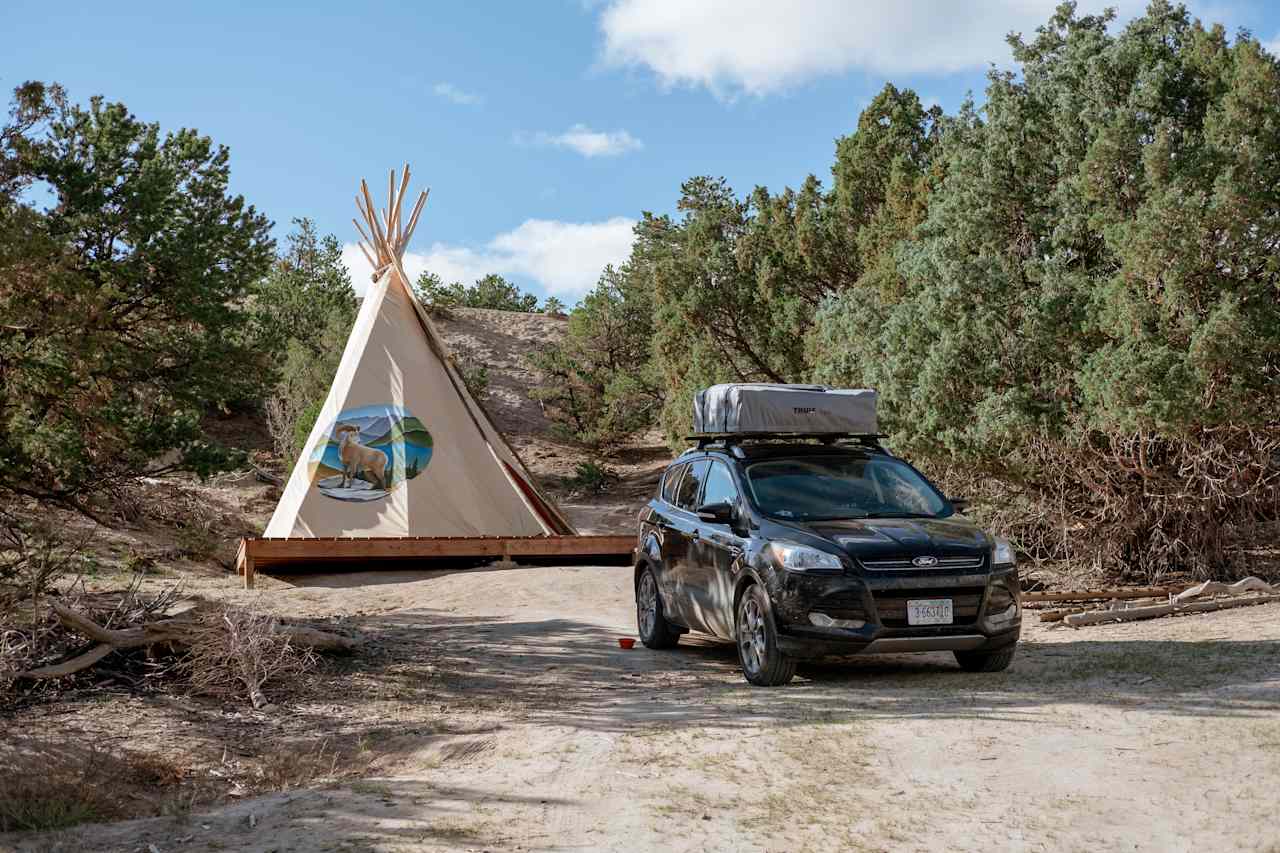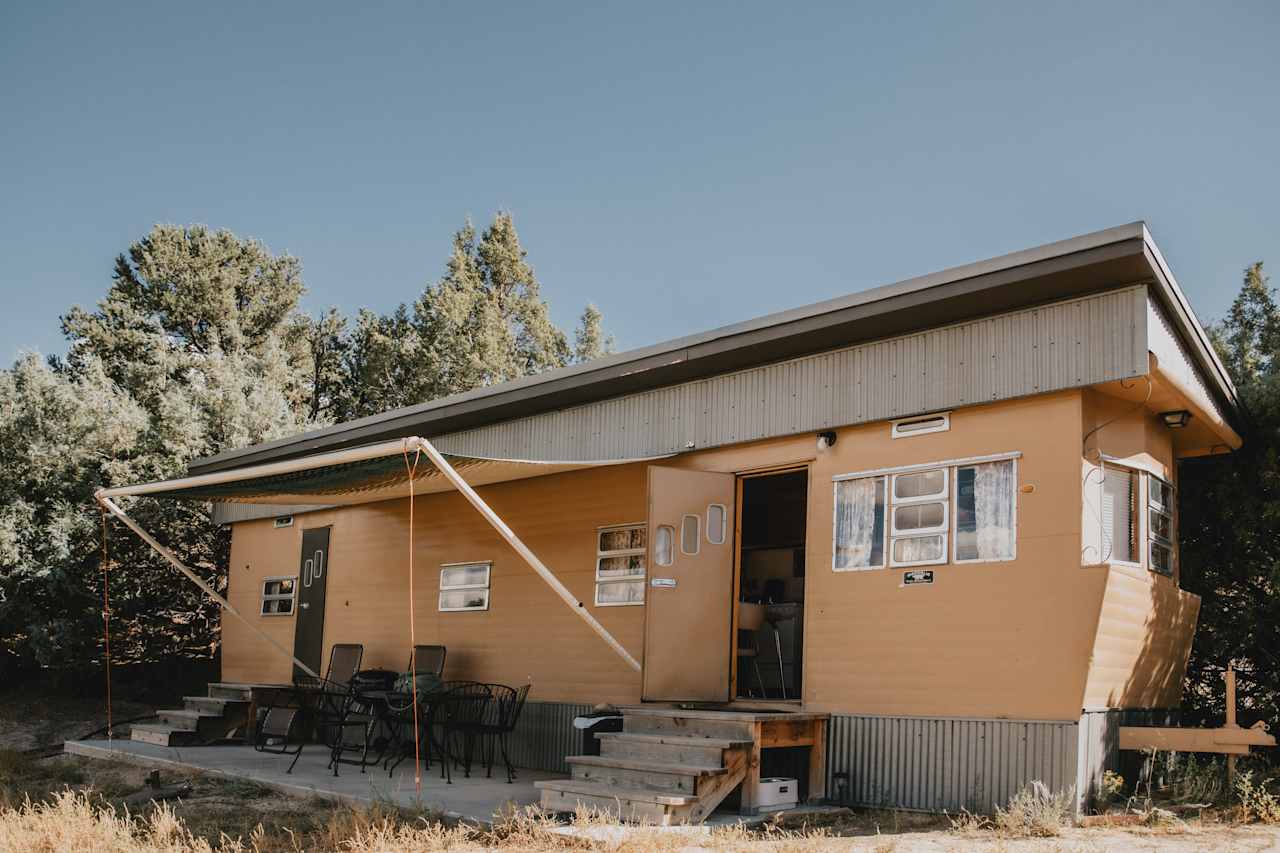The best camping near Dome Lakes State Wildlife Area
Discover the most magical spots to pitch your tent or park your rig on your next Dome Lakes State Wildlife Area adventure.
Discover the natural allure of Dome Lakes State Wildlife Area.
Popular ways to camp
Community favorites near Dome Lakes State Wildlife Area
Top-rated campgrounds reviewed by the Hipcamp community.
Top-rated campgrounds near Dome Lakes State Wildlife Area
The best camping near Dome Lakes State Wildlife Area guide
Overview
About
For those adventurous campers seeking an immersive experience in nature's finest settings, camping near Dome Lakes State Wildlife Area should be at the top of your list. Nestled within Colorado's vibrant Rio Grande National Forest, this locale offers more than just a night under the stars.
Dome Lakes, split into two moderate bodies of water, is a thriving habitat for a variety of aquatic wildlife. Rainbow trout and brook trout populate the lakes in abundance, much to the delight of fervent anglers. But that's not all, it's also an enticing venue for birdwatchers. Sightings of Green-winged and Cinnamon Teal, Gadwall, Lesser Scaup, and Ring-necked Duck are common, especially during the breeding season. Migrating phalaropes and potential other shorebirds also add to the lakes' vibrant ecological scene.
The allure doesn't end there. A Dome Lakes camping trip is your pass to an array of land-based activities too. Hiking trails crisscross the region, inviting exploration and a chance to encounter the local fauna, including coyotes often seen hunting in the vicinity. Remember though, this is a State Wildlife Area, so anyone aged 16 and above is required to have a valid hunting, fishing license, or a SWA pass.
Whether you're a seasoned camper or just starting to explore the great outdoors, Dome Lakes State Wildlife Area offers an enriching wilderness retreat. The blend of fishing, birdwatching, hiking, and camping in the midst of nature makes it an idyllic destination for any camping expedition. So, ready your gear and set your sights on a Dome Lakes camping trip; nature is calling!
When to go
The ideal time to visit Dome Lakes State Wildlife Area is during the spring and fall, when mild temperatures create perfect conditions for wildlife spotting and outdoor activities. Summer brings warmth and an abundance of life, but also a surge of visitors. Winters can be harsh, with snow and cold potentially limiting access and activities.
Know before you go
- Check the latest park updates for any closures or restrictions before planning your visit.
- Ensure you have the necessary permits for fishing or hunting, as regulations are strictly enforced.
- Prepare for varying weather conditions by dressing in layers and bringing waterproof gear.
- Accessibility information can be obtained by contacting the park's office prior to your trip.
- Remember to practice Leave No Trace principles to preserve the park's natural beauty for future visitors.
Top cities near Dome Lakes State Wildlife Area
- Dome Lakes State Wildlife Area
